AT THE IRISH MUSEUM FOR MODERN ART
What is a Formal Garden?
Formal gardens are characterised by:
Geometric design: They feature precisely laid out paths, flower beds, and hedges with an emphasis on symmetry and order.
Controlled environment: Plants are carefully selected and manicured, reflecting human intervention over nature.
Architectural elements: Formal gardens often incorporate hard landscaping elements like fountains, statues, and terraces.
Historical lineage: They draw inspiration from Renaissance and Baroque garden styles.
The Gardens at IMMA
The formal gardens at IMMA sit in front of the Royal Hospital Kilmainham, a 17th-century building housing the museum. Here’s what is known:
Not fully original: The gardens as they exist today are not entirely original to the site. They were redesigned in the 1980s, incorporating elements of the historical gardens while reflecting modern sensibilities.
Meeting the criteria: While not a purely traditional example, the IMMA gardens retain many formal elements. They feature geometric layouts, manicured hedges, and focal points like the central fountain and statues.
Reformatting: There have likely been changes and updates to the gardens since their initial redesign to ensure they remain vibrant and align with the museum’s aesthetic.
The IMMA’s formal gardens offer a reinterpretation of the traditional model. They create a sense of order and harmony, complementing the historical building while providing a space for visitors to relax and contemplate alongside the contemporary art exhibited within.
![THE FORMAL GARDENS [AT THE IRISH MUSEUM FOR MODERN ART]-223168-1 THE FORMAL GARDENS [AT THE IRISH MUSEUM FOR MODERN ART]-223168-1](https://excellentstreetimages.com/ParksAndGardensWordPress/wp-content/uploads/2024/03/THE-FORMAL-GARDENS-AT-THE-IRISH-MUSEUM-FOR-MODERN-ART-223168-1-1422x1067.jpg)
![THE FORMAL GARDENS [AT THE IRISH MUSEUM FOR MODERN ART]-223167-1 THE FORMAL GARDENS [AT THE IRISH MUSEUM FOR MODERN ART]-223167-1](https://excellentstreetimages.com/ParksAndGardensWordPress/wp-content/uploads/2024/03/THE-FORMAL-GARDENS-AT-THE-IRISH-MUSEUM-FOR-MODERN-ART-223167-1-1422x1067.jpg)
![THE FORMAL GARDENS [AT THE IRISH MUSEUM FOR MODERN ART]-223165-1 THE FORMAL GARDENS [AT THE IRISH MUSEUM FOR MODERN ART]-223165-1](https://excellentstreetimages.com/ParksAndGardensWordPress/wp-content/uploads/2024/03/THE-FORMAL-GARDENS-AT-THE-IRISH-MUSEUM-FOR-MODERN-ART-223165-1-1422x1067.jpg)
![THE FORMAL GARDENS [AT THE IRISH MUSEUM FOR MODERN ART]-223164-1 THE FORMAL GARDENS [AT THE IRISH MUSEUM FOR MODERN ART]-223164-1](https://excellentstreetimages.com/ParksAndGardensWordPress/wp-content/uploads/2024/03/THE-FORMAL-GARDENS-AT-THE-IRISH-MUSEUM-FOR-MODERN-ART-223164-1-1422x1067.jpg)
![THE FORMAL GARDENS [AT THE IRISH MUSEUM FOR MODERN ART]-223166-1 THE FORMAL GARDENS [AT THE IRISH MUSEUM FOR MODERN ART]-223166-1](https://excellentstreetimages.com/ParksAndGardensWordPress/wp-content/uploads/2024/03/THE-FORMAL-GARDENS-AT-THE-IRISH-MUSEUM-FOR-MODERN-ART-223166-1-1422x1067.jpg)
![THE FORMAL GARDENS [AT THE IRISH MUSEUM FOR MODERN ART]-223163-1 THE FORMAL GARDENS [AT THE IRISH MUSEUM FOR MODERN ART]-223163-1](https://excellentstreetimages.com/ParksAndGardensWordPress/wp-content/uploads/2024/03/THE-FORMAL-GARDENS-AT-THE-IRISH-MUSEUM-FOR-MODERN-ART-223163-1-1422x1067.jpg)
![THE FORMAL GARDENS [AT THE IRISH MUSEUM FOR MODERN ART]-223162-1 THE FORMAL GARDENS [AT THE IRISH MUSEUM FOR MODERN ART]-223162-1](https://excellentstreetimages.com/ParksAndGardensWordPress/wp-content/uploads/2024/03/THE-FORMAL-GARDENS-AT-THE-IRISH-MUSEUM-FOR-MODERN-ART-223162-1-1422x1067.jpg)
![THE FORMAL GARDENS [AT THE IRISH MUSEUM FOR MODERN ART]-223161-1 THE FORMAL GARDENS [AT THE IRISH MUSEUM FOR MODERN ART]-223161-1](https://excellentstreetimages.com/ParksAndGardensWordPress/wp-content/uploads/2024/03/THE-FORMAL-GARDENS-AT-THE-IRISH-MUSEUM-FOR-MODERN-ART-223161-1-1422x1067.jpg)
![THE FORMAL GARDENS [AT THE IRISH MUSEUM FOR MODERN ART]-223160-1 THE FORMAL GARDENS [AT THE IRISH MUSEUM FOR MODERN ART]-223160-1](https://excellentstreetimages.com/ParksAndGardensWordPress/wp-content/uploads/2024/03/THE-FORMAL-GARDENS-AT-THE-IRISH-MUSEUM-FOR-MODERN-ART-223160-1-1422x1067.jpg)
![THE FORMAL GARDENS [AT THE IRISH MUSEUM FOR MODERN ART]-223159-1 THE FORMAL GARDENS [AT THE IRISH MUSEUM FOR MODERN ART]-223159-1](https://excellentstreetimages.com/ParksAndGardensWordPress/wp-content/uploads/2024/03/THE-FORMAL-GARDENS-AT-THE-IRISH-MUSEUM-FOR-MODERN-ART-223159-1-1422x1067.jpg)
![THE FORMAL GARDENS [AT THE IRISH MUSEUM FOR MODERN ART]-223158-1 THE FORMAL GARDENS [AT THE IRISH MUSEUM FOR MODERN ART]-223158-1](https://excellentstreetimages.com/ParksAndGardensWordPress/wp-content/uploads/2024/03/THE-FORMAL-GARDENS-AT-THE-IRISH-MUSEUM-FOR-MODERN-ART-223158-1-1422x1067.jpg)
![THE FORMAL GARDENS [AT THE IRISH MUSEUM FOR MODERN ART]-223153-1 THE FORMAL GARDENS [AT THE IRISH MUSEUM FOR MODERN ART]-223153-1](https://excellentstreetimages.com/ParksAndGardensWordPress/wp-content/uploads/2024/03/THE-FORMAL-GARDENS-AT-THE-IRISH-MUSEUM-FOR-MODERN-ART-223153-1-1422x1067.jpg)
![THE FORMAL GARDENS [AT THE IRISH MUSEUM FOR MODERN ART]-223157-1 THE FORMAL GARDENS [AT THE IRISH MUSEUM FOR MODERN ART]-223157-1](https://excellentstreetimages.com/ParksAndGardensWordPress/wp-content/uploads/2024/03/THE-FORMAL-GARDENS-AT-THE-IRISH-MUSEUM-FOR-MODERN-ART-223157-1-1422x1067.jpg)
![THE FORMAL GARDENS [AT THE IRISH MUSEUM FOR MODERN ART]-223156-1 THE FORMAL GARDENS [AT THE IRISH MUSEUM FOR MODERN ART]-223156-1](https://excellentstreetimages.com/ParksAndGardensWordPress/wp-content/uploads/2024/03/THE-FORMAL-GARDENS-AT-THE-IRISH-MUSEUM-FOR-MODERN-ART-223156-1-1422x1067.jpg)
![THE FORMAL GARDENS [AT THE IRISH MUSEUM FOR MODERN ART]-223155-1 THE FORMAL GARDENS [AT THE IRISH MUSEUM FOR MODERN ART]-223155-1](https://excellentstreetimages.com/ParksAndGardensWordPress/wp-content/uploads/2024/03/THE-FORMAL-GARDENS-AT-THE-IRISH-MUSEUM-FOR-MODERN-ART-223155-1-1422x1067.jpg)
![THE FORMAL GARDENS [AT THE IRISH MUSEUM FOR MODERN ART]-223154-1 THE FORMAL GARDENS [AT THE IRISH MUSEUM FOR MODERN ART]-223154-1](https://excellentstreetimages.com/ParksAndGardensWordPress/wp-content/uploads/2024/03/THE-FORMAL-GARDENS-AT-THE-IRISH-MUSEUM-FOR-MODERN-ART-223154-1-1422x1067.jpg)
![THE FORMAL GARDENS [AT THE IRISH MUSEUM FOR MODERN ART]-223152-1 THE FORMAL GARDENS [AT THE IRISH MUSEUM FOR MODERN ART]-223152-1](https://excellentstreetimages.com/ParksAndGardensWordPress/wp-content/uploads/2024/03/THE-FORMAL-GARDENS-AT-THE-IRISH-MUSEUM-FOR-MODERN-ART-223152-1-1422x1067.jpg)
![THE FORMAL GARDENS [AT THE IRISH MUSEUM FOR MODERN ART]-223151-1 THE FORMAL GARDENS [AT THE IRISH MUSEUM FOR MODERN ART]-223151-1](https://excellentstreetimages.com/ParksAndGardensWordPress/wp-content/uploads/2024/03/THE-FORMAL-GARDENS-AT-THE-IRISH-MUSEUM-FOR-MODERN-ART-223151-1-1422x1067.jpg)
![THE FORMAL GARDENS [AT THE IRISH MUSEUM FOR MODERN ART]-223150-1 THE FORMAL GARDENS [AT THE IRISH MUSEUM FOR MODERN ART]-223150-1](https://excellentstreetimages.com/ParksAndGardensWordPress/wp-content/uploads/2024/03/THE-FORMAL-GARDENS-AT-THE-IRISH-MUSEUM-FOR-MODERN-ART-223150-1-1422x1067.jpg)
![THE FORMAL GARDENS [AT THE IRISH MUSEUM FOR MODERN ART]-223148-1 THE FORMAL GARDENS [AT THE IRISH MUSEUM FOR MODERN ART]-223148-1](https://excellentstreetimages.com/ParksAndGardensWordPress/wp-content/uploads/2024/03/THE-FORMAL-GARDENS-AT-THE-IRISH-MUSEUM-FOR-MODERN-ART-223148-1-1422x1067.jpg)
![THE FORMAL GARDENS [AT THE IRISH MUSEUM FOR MODERN ART]-223147-1 THE FORMAL GARDENS [AT THE IRISH MUSEUM FOR MODERN ART]-223147-1](https://excellentstreetimages.com/ParksAndGardensWordPress/wp-content/uploads/2024/03/THE-FORMAL-GARDENS-AT-THE-IRISH-MUSEUM-FOR-MODERN-ART-223147-1-1422x1067.jpg)
![THE FORMAL GARDENS [AT THE IRISH MUSEUM FOR MODERN ART]-223149-1 THE FORMAL GARDENS [AT THE IRISH MUSEUM FOR MODERN ART]-223149-1](https://excellentstreetimages.com/ParksAndGardensWordPress/wp-content/uploads/2024/03/THE-FORMAL-GARDENS-AT-THE-IRISH-MUSEUM-FOR-MODERN-ART-223149-1-1422x1067.jpg)
![THE FORMAL GARDENS [AT THE IRISH MUSEUM FOR MODERN ART]-223146-1 THE FORMAL GARDENS [AT THE IRISH MUSEUM FOR MODERN ART]-223146-1](https://excellentstreetimages.com/ParksAndGardensWordPress/wp-content/uploads/2024/03/THE-FORMAL-GARDENS-AT-THE-IRISH-MUSEUM-FOR-MODERN-ART-223146-1-1422x1067.jpg)
![THE FORMAL GARDENS [AT THE IRISH MUSEUM FOR MODERN ART]-223145-1 THE FORMAL GARDENS [AT THE IRISH MUSEUM FOR MODERN ART]-223145-1](https://excellentstreetimages.com/ParksAndGardensWordPress/wp-content/uploads/2024/03/THE-FORMAL-GARDENS-AT-THE-IRISH-MUSEUM-FOR-MODERN-ART-223145-1-1422x1067.jpg)
![THE FORMAL GARDENS [AT THE IRISH MUSEUM FOR MODERN ART]-223144-1 THE FORMAL GARDENS [AT THE IRISH MUSEUM FOR MODERN ART]-223144-1](https://excellentstreetimages.com/ParksAndGardensWordPress/wp-content/uploads/2024/03/THE-FORMAL-GARDENS-AT-THE-IRISH-MUSEUM-FOR-MODERN-ART-223144-1-1422x1067.jpg)
![THE FORMAL GARDENS [AT THE IRISH MUSEUM FOR MODERN ART]-223142-1 THE FORMAL GARDENS [AT THE IRISH MUSEUM FOR MODERN ART]-223142-1](https://excellentstreetimages.com/ParksAndGardensWordPress/wp-content/uploads/2024/03/THE-FORMAL-GARDENS-AT-THE-IRISH-MUSEUM-FOR-MODERN-ART-223142-1-1422x1067.jpg)
![THE FORMAL GARDENS [AT THE IRISH MUSEUM FOR MODERN ART]-223141-1 THE FORMAL GARDENS [AT THE IRISH MUSEUM FOR MODERN ART]-223141-1](https://excellentstreetimages.com/ParksAndGardensWordPress/wp-content/uploads/2024/03/THE-FORMAL-GARDENS-AT-THE-IRISH-MUSEUM-FOR-MODERN-ART-223141-1-1422x1067.jpg)
![THE FORMAL GARDENS [AT THE IRISH MUSEUM FOR MODERN ART]-223140-1 THE FORMAL GARDENS [AT THE IRISH MUSEUM FOR MODERN ART]-223140-1](https://excellentstreetimages.com/ParksAndGardensWordPress/wp-content/uploads/2024/03/THE-FORMAL-GARDENS-AT-THE-IRISH-MUSEUM-FOR-MODERN-ART-223140-1-1422x1067.jpg)
![THE FORMAL GARDENS [AT THE IRISH MUSEUM FOR MODERN ART]-223139-1 THE FORMAL GARDENS [AT THE IRISH MUSEUM FOR MODERN ART]-223139-1](https://excellentstreetimages.com/ParksAndGardensWordPress/wp-content/uploads/2024/03/THE-FORMAL-GARDENS-AT-THE-IRISH-MUSEUM-FOR-MODERN-ART-223139-1-1422x1067.jpg)
![THE FORMAL GARDENS [AT THE IRISH MUSEUM FOR MODERN ART]-223143-1 THE FORMAL GARDENS [AT THE IRISH MUSEUM FOR MODERN ART]-223143-1](https://excellentstreetimages.com/ParksAndGardensWordPress/wp-content/uploads/2024/03/THE-FORMAL-GARDENS-AT-THE-IRISH-MUSEUM-FOR-MODERN-ART-223143-1-1422x1067.jpg)
![TODAY I VISITED THE IRISH NATIONAL WAR MEMORIAL GARDENS [ON THE SOUTH BANK OF THE RIVER LIFFEY]-223128-1 TODAY I VISITED THE IRISH NATIONAL WAR MEMORIAL GARDENS [ON THE SOUTH BANK OF THE RIVER LIFFEY]-223128-1](https://excellentstreetimages.com/ParksAndGardensWordPress/wp-content/uploads/2024/03/TODAY-I-VISITED-THE-IRISH-NATIONAL-WAR-MEMORIAL-GARDENS-ON-THE-SOUTH-BANK-OF-THE-RIVER-LIFFEY-223128-1-1422x1067.jpg)
![TODAY I VISITED THE IRISH NATIONAL WAR MEMORIAL GARDENS [ON THE SOUTH BANK OF THE RIVER LIFFEY]-223129-1 TODAY I VISITED THE IRISH NATIONAL WAR MEMORIAL GARDENS [ON THE SOUTH BANK OF THE RIVER LIFFEY]-223129-1](https://excellentstreetimages.com/ParksAndGardensWordPress/wp-content/uploads/2024/03/TODAY-I-VISITED-THE-IRISH-NATIONAL-WAR-MEMORIAL-GARDENS-ON-THE-SOUTH-BANK-OF-THE-RIVER-LIFFEY-223129-1-1421x1066.jpg)
![TODAY I VISITED THE IRISH NATIONAL WAR MEMORIAL GARDENS [ON THE SOUTH BANK OF THE RIVER LIFFEY]-223130-1 TODAY I VISITED THE IRISH NATIONAL WAR MEMORIAL GARDENS [ON THE SOUTH BANK OF THE RIVER LIFFEY]-223130-1](https://excellentstreetimages.com/ParksAndGardensWordPress/wp-content/uploads/2024/03/TODAY-I-VISITED-THE-IRISH-NATIONAL-WAR-MEMORIAL-GARDENS-ON-THE-SOUTH-BANK-OF-THE-RIVER-LIFFEY-223130-1-1422x1067.jpg)
![TODAY I VISITED THE IRISH NATIONAL WAR MEMORIAL GARDENS [ON THE SOUTH BANK OF THE RIVER LIFFEY]-223131-1 TODAY I VISITED THE IRISH NATIONAL WAR MEMORIAL GARDENS [ON THE SOUTH BANK OF THE RIVER LIFFEY]-223131-1](https://excellentstreetimages.com/ParksAndGardensWordPress/wp-content/uploads/2024/03/TODAY-I-VISITED-THE-IRISH-NATIONAL-WAR-MEMORIAL-GARDENS-ON-THE-SOUTH-BANK-OF-THE-RIVER-LIFFEY-223131-1-1422x1067.jpg)
![TODAY I VISITED THE IRISH NATIONAL WAR MEMORIAL GARDENS [ON THE SOUTH BANK OF THE RIVER LIFFEY]-223132-1 TODAY I VISITED THE IRISH NATIONAL WAR MEMORIAL GARDENS [ON THE SOUTH BANK OF THE RIVER LIFFEY]-223132-1](https://excellentstreetimages.com/ParksAndGardensWordPress/wp-content/uploads/2024/03/TODAY-I-VISITED-THE-IRISH-NATIONAL-WAR-MEMORIAL-GARDENS-ON-THE-SOUTH-BANK-OF-THE-RIVER-LIFFEY-223132-1-1422x1067.jpg)
![TODAY I VISITED THE IRISH NATIONAL WAR MEMORIAL GARDENS [ON THE SOUTH BANK OF THE RIVER LIFFEY]-223124-1 TODAY I VISITED THE IRISH NATIONAL WAR MEMORIAL GARDENS [ON THE SOUTH BANK OF THE RIVER LIFFEY]-223124-1](https://excellentstreetimages.com/ParksAndGardensWordPress/wp-content/uploads/2024/03/TODAY-I-VISITED-THE-IRISH-NATIONAL-WAR-MEMORIAL-GARDENS-ON-THE-SOUTH-BANK-OF-THE-RIVER-LIFFEY-223124-1-1422x1067.jpg)
![TODAY I VISITED THE IRISH NATIONAL WAR MEMORIAL GARDENS [ON THE SOUTH BANK OF THE RIVER LIFFEY]-223125-1 TODAY I VISITED THE IRISH NATIONAL WAR MEMORIAL GARDENS [ON THE SOUTH BANK OF THE RIVER LIFFEY]-223125-1](https://excellentstreetimages.com/ParksAndGardensWordPress/wp-content/uploads/2024/03/TODAY-I-VISITED-THE-IRISH-NATIONAL-WAR-MEMORIAL-GARDENS-ON-THE-SOUTH-BANK-OF-THE-RIVER-LIFFEY-223125-1-1422x1067.jpg)
![TODAY I VISITED THE IRISH NATIONAL WAR MEMORIAL GARDENS [ON THE SOUTH BANK OF THE RIVER LIFFEY]-223126-1 TODAY I VISITED THE IRISH NATIONAL WAR MEMORIAL GARDENS [ON THE SOUTH BANK OF THE RIVER LIFFEY]-223126-1](https://excellentstreetimages.com/ParksAndGardensWordPress/wp-content/uploads/2024/03/TODAY-I-VISITED-THE-IRISH-NATIONAL-WAR-MEMORIAL-GARDENS-ON-THE-SOUTH-BANK-OF-THE-RIVER-LIFFEY-223126-1-1422x1067.jpg)
![TODAY I VISITED THE IRISH NATIONAL WAR MEMORIAL GARDENS [ON THE SOUTH BANK OF THE RIVER LIFFEY]-223127-1 TODAY I VISITED THE IRISH NATIONAL WAR MEMORIAL GARDENS [ON THE SOUTH BANK OF THE RIVER LIFFEY]-223127-1](https://excellentstreetimages.com/ParksAndGardensWordPress/wp-content/uploads/2024/03/TODAY-I-VISITED-THE-IRISH-NATIONAL-WAR-MEMORIAL-GARDENS-ON-THE-SOUTH-BANK-OF-THE-RIVER-LIFFEY-223127-1-1422x1067.jpg)
![TODAY I VISITED THE IRISH NATIONAL WAR MEMORIAL GARDENS [ON THE SOUTH BANK OF THE RIVER LIFFEY]-223120-1 TODAY I VISITED THE IRISH NATIONAL WAR MEMORIAL GARDENS [ON THE SOUTH BANK OF THE RIVER LIFFEY]-223120-1](https://excellentstreetimages.com/ParksAndGardensWordPress/wp-content/uploads/2024/03/TODAY-I-VISITED-THE-IRISH-NATIONAL-WAR-MEMORIAL-GARDENS-ON-THE-SOUTH-BANK-OF-THE-RIVER-LIFFEY-223120-1-1422x1067.jpg)
![TODAY I VISITED THE IRISH NATIONAL WAR MEMORIAL GARDENS [ON THE SOUTH BANK OF THE RIVER LIFFEY]-223121-1 TODAY I VISITED THE IRISH NATIONAL WAR MEMORIAL GARDENS [ON THE SOUTH BANK OF THE RIVER LIFFEY]-223121-1](https://excellentstreetimages.com/ParksAndGardensWordPress/wp-content/uploads/2024/03/TODAY-I-VISITED-THE-IRISH-NATIONAL-WAR-MEMORIAL-GARDENS-ON-THE-SOUTH-BANK-OF-THE-RIVER-LIFFEY-223121-1-1422x1067.jpg)
![TODAY I VISITED THE IRISH NATIONAL WAR MEMORIAL GARDENS [ON THE SOUTH BANK OF THE RIVER LIFFEY]-223122-1 TODAY I VISITED THE IRISH NATIONAL WAR MEMORIAL GARDENS [ON THE SOUTH BANK OF THE RIVER LIFFEY]-223122-1](https://excellentstreetimages.com/ParksAndGardensWordPress/wp-content/uploads/2024/03/TODAY-I-VISITED-THE-IRISH-NATIONAL-WAR-MEMORIAL-GARDENS-ON-THE-SOUTH-BANK-OF-THE-RIVER-LIFFEY-223122-1-1422x1067.jpg)
![TODAY I VISITED THE IRISH NATIONAL WAR MEMORIAL GARDENS [ON THE SOUTH BANK OF THE RIVER LIFFEY]-223123-1 TODAY I VISITED THE IRISH NATIONAL WAR MEMORIAL GARDENS [ON THE SOUTH BANK OF THE RIVER LIFFEY]-223123-1](https://excellentstreetimages.com/ParksAndGardensWordPress/wp-content/uploads/2024/03/TODAY-I-VISITED-THE-IRISH-NATIONAL-WAR-MEMORIAL-GARDENS-ON-THE-SOUTH-BANK-OF-THE-RIVER-LIFFEY-223123-1-1422x1067.jpg)
![TODAY I VISITED THE IRISH NATIONAL WAR MEMORIAL GARDENS [ON THE SOUTH BANK OF THE RIVER LIFFEY]-223116-1 TODAY I VISITED THE IRISH NATIONAL WAR MEMORIAL GARDENS [ON THE SOUTH BANK OF THE RIVER LIFFEY]-223116-1](https://excellentstreetimages.com/ParksAndGardensWordPress/wp-content/uploads/2024/03/TODAY-I-VISITED-THE-IRISH-NATIONAL-WAR-MEMORIAL-GARDENS-ON-THE-SOUTH-BANK-OF-THE-RIVER-LIFFEY-223116-1-1422x1067.jpg)
![TODAY I VISITED THE IRISH NATIONAL WAR MEMORIAL GARDENS [ON THE SOUTH BANK OF THE RIVER LIFFEY]-223117-1 TODAY I VISITED THE IRISH NATIONAL WAR MEMORIAL GARDENS [ON THE SOUTH BANK OF THE RIVER LIFFEY]-223117-1](https://excellentstreetimages.com/ParksAndGardensWordPress/wp-content/uploads/2024/03/TODAY-I-VISITED-THE-IRISH-NATIONAL-WAR-MEMORIAL-GARDENS-ON-THE-SOUTH-BANK-OF-THE-RIVER-LIFFEY-223117-1-1422x1067.jpg)
![TODAY I VISITED THE IRISH NATIONAL WAR MEMORIAL GARDENS [ON THE SOUTH BANK OF THE RIVER LIFFEY]-223118-1 TODAY I VISITED THE IRISH NATIONAL WAR MEMORIAL GARDENS [ON THE SOUTH BANK OF THE RIVER LIFFEY]-223118-1](https://excellentstreetimages.com/ParksAndGardensWordPress/wp-content/uploads/2024/03/TODAY-I-VISITED-THE-IRISH-NATIONAL-WAR-MEMORIAL-GARDENS-ON-THE-SOUTH-BANK-OF-THE-RIVER-LIFFEY-223118-1-1422x1067.jpg)
![TODAY I VISITED THE IRISH NATIONAL WAR MEMORIAL GARDENS [ON THE SOUTH BANK OF THE RIVER LIFFEY]-223119-1 TODAY I VISITED THE IRISH NATIONAL WAR MEMORIAL GARDENS [ON THE SOUTH BANK OF THE RIVER LIFFEY]-223119-1](https://excellentstreetimages.com/ParksAndGardensWordPress/wp-content/uploads/2024/03/TODAY-I-VISITED-THE-IRISH-NATIONAL-WAR-MEMORIAL-GARDENS-ON-THE-SOUTH-BANK-OF-THE-RIVER-LIFFEY-223119-1-1422x1067.jpg)
![THE PARKLAND ALONG THE LIFFEY [AT ISLANDBRIDGE ACROSS FROM THE ROWING CLUBS]-223090-1 THE PARKLAND ALONG THE LIFFEY [AT ISLANDBRIDGE ACROSS FROM THE ROWING CLUBS]-223090-1](https://excellentstreetimages.com/ParksAndGardensWordPress/wp-content/uploads/2024/03/THE-PARKLAND-ALONG-THE-LIFFEY-AT-ISLANDBRIDGE-ACROSS-FROM-THE-ROWING-CLUBS-223090-1-1422x1067.jpg)
![THE PARKLAND ALONG THE LIFFEY [AT ISLANDBRIDGE ACROSS FROM THE ROWING CLUBS]-223095-1 THE PARKLAND ALONG THE LIFFEY [AT ISLANDBRIDGE ACROSS FROM THE ROWING CLUBS]-223095-1](https://excellentstreetimages.com/ParksAndGardensWordPress/wp-content/uploads/2024/03/THE-PARKLAND-ALONG-THE-LIFFEY-AT-ISLANDBRIDGE-ACROSS-FROM-THE-ROWING-CLUBS-223095-1-1422x1067.jpg)
![THE PARKLAND ALONG THE LIFFEY [AT ISLANDBRIDGE ACROSS FROM THE ROWING CLUBS]-223091-1 THE PARKLAND ALONG THE LIFFEY [AT ISLANDBRIDGE ACROSS FROM THE ROWING CLUBS]-223091-1](https://excellentstreetimages.com/ParksAndGardensWordPress/wp-content/uploads/2024/03/THE-PARKLAND-ALONG-THE-LIFFEY-AT-ISLANDBRIDGE-ACROSS-FROM-THE-ROWING-CLUBS-223091-1-1422x1067.jpg)
![THE PARKLAND ALONG THE LIFFEY [AT ISLANDBRIDGE ACROSS FROM THE ROWING CLUBS]-223092-1 THE PARKLAND ALONG THE LIFFEY [AT ISLANDBRIDGE ACROSS FROM THE ROWING CLUBS]-223092-1](https://excellentstreetimages.com/ParksAndGardensWordPress/wp-content/uploads/2024/03/THE-PARKLAND-ALONG-THE-LIFFEY-AT-ISLANDBRIDGE-ACROSS-FROM-THE-ROWING-CLUBS-223092-1-1422x1067.jpg)
![THE PARKLAND ALONG THE LIFFEY [AT ISLANDBRIDGE ACROSS FROM THE ROWING CLUBS]-223094-1 THE PARKLAND ALONG THE LIFFEY [AT ISLANDBRIDGE ACROSS FROM THE ROWING CLUBS]-223094-1](https://excellentstreetimages.com/ParksAndGardensWordPress/wp-content/uploads/2024/03/THE-PARKLAND-ALONG-THE-LIFFEY-AT-ISLANDBRIDGE-ACROSS-FROM-THE-ROWING-CLUBS-223094-1-1422x1067.jpg)
![THE PARKLAND ALONG THE LIFFEY [AT ISLANDBRIDGE ACROSS FROM THE ROWING CLUBS]-223096-1 THE PARKLAND ALONG THE LIFFEY [AT ISLANDBRIDGE ACROSS FROM THE ROWING CLUBS]-223096-1](https://excellentstreetimages.com/ParksAndGardensWordPress/wp-content/uploads/2024/03/THE-PARKLAND-ALONG-THE-LIFFEY-AT-ISLANDBRIDGE-ACROSS-FROM-THE-ROWING-CLUBS-223096-1-1422x1067.jpg)
![THE PARKLAND ALONG THE LIFFEY [AT ISLANDBRIDGE ACROSS FROM THE ROWING CLUBS]-223097-1 THE PARKLAND ALONG THE LIFFEY [AT ISLANDBRIDGE ACROSS FROM THE ROWING CLUBS]-223097-1](https://excellentstreetimages.com/ParksAndGardensWordPress/wp-content/uploads/2024/03/THE-PARKLAND-ALONG-THE-LIFFEY-AT-ISLANDBRIDGE-ACROSS-FROM-THE-ROWING-CLUBS-223097-1-1422x1067.jpg)
![THE PARKLAND ALONG THE LIFFEY [AT ISLANDBRIDGE ACROSS FROM THE ROWING CLUBS]-223098-1 THE PARKLAND ALONG THE LIFFEY [AT ISLANDBRIDGE ACROSS FROM THE ROWING CLUBS]-223098-1](https://excellentstreetimages.com/ParksAndGardensWordPress/wp-content/uploads/2024/03/THE-PARKLAND-ALONG-THE-LIFFEY-AT-ISLANDBRIDGE-ACROSS-FROM-THE-ROWING-CLUBS-223098-1-1422x1067.jpg)
![THE PARKLAND ALONG THE LIFFEY [AT ISLANDBRIDGE ACROSS FROM THE ROWING CLUBS]-223099-1 THE PARKLAND ALONG THE LIFFEY [AT ISLANDBRIDGE ACROSS FROM THE ROWING CLUBS]-223099-1](https://excellentstreetimages.com/ParksAndGardensWordPress/wp-content/uploads/2024/03/THE-PARKLAND-ALONG-THE-LIFFEY-AT-ISLANDBRIDGE-ACROSS-FROM-THE-ROWING-CLUBS-223099-1-1422x1067.jpg)
![THE PARKLAND ALONG THE LIFFEY [AT ISLANDBRIDGE ACROSS FROM THE ROWING CLUBS]-223100-1 THE PARKLAND ALONG THE LIFFEY [AT ISLANDBRIDGE ACROSS FROM THE ROWING CLUBS]-223100-1](https://excellentstreetimages.com/ParksAndGardensWordPress/wp-content/uploads/2024/03/THE-PARKLAND-ALONG-THE-LIFFEY-AT-ISLANDBRIDGE-ACROSS-FROM-THE-ROWING-CLUBS-223100-1-1422x1067.jpg)
![THE PARKLAND ALONG THE LIFFEY [AT ISLANDBRIDGE ACROSS FROM THE ROWING CLUBS]-223101-1 THE PARKLAND ALONG THE LIFFEY [AT ISLANDBRIDGE ACROSS FROM THE ROWING CLUBS]-223101-1](https://excellentstreetimages.com/ParksAndGardensWordPress/wp-content/uploads/2024/03/THE-PARKLAND-ALONG-THE-LIFFEY-AT-ISLANDBRIDGE-ACROSS-FROM-THE-ROWING-CLUBS-223101-1-1422x1067.jpg)
![THE PARKLAND ALONG THE LIFFEY [AT ISLANDBRIDGE ACROSS FROM THE ROWING CLUBS]-223102-1 THE PARKLAND ALONG THE LIFFEY [AT ISLANDBRIDGE ACROSS FROM THE ROWING CLUBS]-223102-1](https://excellentstreetimages.com/ParksAndGardensWordPress/wp-content/uploads/2024/03/THE-PARKLAND-ALONG-THE-LIFFEY-AT-ISLANDBRIDGE-ACROSS-FROM-THE-ROWING-CLUBS-223102-1-1422x1067.jpg)
![THE PARKLAND ALONG THE LIFFEY [AT ISLANDBRIDGE ACROSS FROM THE ROWING CLUBS]-223103-1 THE PARKLAND ALONG THE LIFFEY [AT ISLANDBRIDGE ACROSS FROM THE ROWING CLUBS]-223103-1](https://excellentstreetimages.com/ParksAndGardensWordPress/wp-content/uploads/2024/03/THE-PARKLAND-ALONG-THE-LIFFEY-AT-ISLANDBRIDGE-ACROSS-FROM-THE-ROWING-CLUBS-223103-1-1422x1067.jpg)
![THE PARKLAND ALONG THE LIFFEY [AT ISLANDBRIDGE ACROSS FROM THE ROWING CLUBS]-223105-1 THE PARKLAND ALONG THE LIFFEY [AT ISLANDBRIDGE ACROSS FROM THE ROWING CLUBS]-223105-1](https://excellentstreetimages.com/ParksAndGardensWordPress/wp-content/uploads/2024/03/THE-PARKLAND-ALONG-THE-LIFFEY-AT-ISLANDBRIDGE-ACROSS-FROM-THE-ROWING-CLUBS-223105-1-1422x1067.jpg)
![THE PARKLAND ALONG THE LIFFEY [AT ISLANDBRIDGE ACROSS FROM THE ROWING CLUBS]-223106-1 THE PARKLAND ALONG THE LIFFEY [AT ISLANDBRIDGE ACROSS FROM THE ROWING CLUBS]-223106-1](https://excellentstreetimages.com/ParksAndGardensWordPress/wp-content/uploads/2024/03/THE-PARKLAND-ALONG-THE-LIFFEY-AT-ISLANDBRIDGE-ACROSS-FROM-THE-ROWING-CLUBS-223106-1-1422x1067.jpg)
![THE PARKLAND ALONG THE LIFFEY [AT ISLANDBRIDGE ACROSS FROM THE ROWING CLUBS]-223093-1 THE PARKLAND ALONG THE LIFFEY [AT ISLANDBRIDGE ACROSS FROM THE ROWING CLUBS]-223093-1](https://excellentstreetimages.com/ParksAndGardensWordPress/wp-content/uploads/2024/03/THE-PARKLAND-ALONG-THE-LIFFEY-AT-ISLANDBRIDGE-ACROSS-FROM-THE-ROWING-CLUBS-223093-1-1422x1067.jpg)
![THE PARKLAND ALONG THE LIFFEY [AT ISLANDBRIDGE ACROSS FROM THE ROWING CLUBS]-223107-1 THE PARKLAND ALONG THE LIFFEY [AT ISLANDBRIDGE ACROSS FROM THE ROWING CLUBS]-223107-1](https://excellentstreetimages.com/ParksAndGardensWordPress/wp-content/uploads/2024/03/THE-PARKLAND-ALONG-THE-LIFFEY-AT-ISLANDBRIDGE-ACROSS-FROM-THE-ROWING-CLUBS-223107-1-1422x1067.jpg)
![THE PARKLAND ALONG THE LIFFEY [AT ISLANDBRIDGE ACROSS FROM THE ROWING CLUBS]-223108-1 THE PARKLAND ALONG THE LIFFEY [AT ISLANDBRIDGE ACROSS FROM THE ROWING CLUBS]-223108-1](https://excellentstreetimages.com/ParksAndGardensWordPress/wp-content/uploads/2024/03/THE-PARKLAND-ALONG-THE-LIFFEY-AT-ISLANDBRIDGE-ACROSS-FROM-THE-ROWING-CLUBS-223108-1-1422x1067.jpg)
![THE PARKLAND ALONG THE LIFFEY [AT ISLANDBRIDGE ACROSS FROM THE ROWING CLUBS]-223104-1 THE PARKLAND ALONG THE LIFFEY [AT ISLANDBRIDGE ACROSS FROM THE ROWING CLUBS]-223104-1](https://excellentstreetimages.com/ParksAndGardensWordPress/wp-content/uploads/2024/03/THE-PARKLAND-ALONG-THE-LIFFEY-AT-ISLANDBRIDGE-ACROSS-FROM-THE-ROWING-CLUBS-223104-1-1422x1067.jpg)
![THE PARKLAND ALONG THE LIFFEY [AT ISLANDBRIDGE ACROSS FROM THE ROWING CLUBS]-223109-1 THE PARKLAND ALONG THE LIFFEY [AT ISLANDBRIDGE ACROSS FROM THE ROWING CLUBS]-223109-1](https://excellentstreetimages.com/ParksAndGardensWordPress/wp-content/uploads/2024/03/THE-PARKLAND-ALONG-THE-LIFFEY-AT-ISLANDBRIDGE-ACROSS-FROM-THE-ROWING-CLUBS-223109-1-1422x1067.jpg)
![THE PARKLAND ALONG THE LIFFEY [AT ISLANDBRIDGE ACROSS FROM THE ROWING CLUBS]-223112-1 THE PARKLAND ALONG THE LIFFEY [AT ISLANDBRIDGE ACROSS FROM THE ROWING CLUBS]-223112-1](https://excellentstreetimages.com/ParksAndGardensWordPress/wp-content/uploads/2024/03/THE-PARKLAND-ALONG-THE-LIFFEY-AT-ISLANDBRIDGE-ACROSS-FROM-THE-ROWING-CLUBS-223112-1-1421x1066.jpg)
![THE PARKLAND ALONG THE LIFFEY [AT ISLANDBRIDGE ACROSS FROM THE ROWING CLUBS]-223113-1 THE PARKLAND ALONG THE LIFFEY [AT ISLANDBRIDGE ACROSS FROM THE ROWING CLUBS]-223113-1](https://excellentstreetimages.com/ParksAndGardensWordPress/wp-content/uploads/2024/03/THE-PARKLAND-ALONG-THE-LIFFEY-AT-ISLANDBRIDGE-ACROSS-FROM-THE-ROWING-CLUBS-223113-1-1422x1067.jpg)
![THE PARKLAND ALONG THE LIFFEY [AT ISLANDBRIDGE ACROSS FROM THE ROWING CLUBS]-223110-1 THE PARKLAND ALONG THE LIFFEY [AT ISLANDBRIDGE ACROSS FROM THE ROWING CLUBS]-223110-1](https://excellentstreetimages.com/ParksAndGardensWordPress/wp-content/uploads/2024/03/THE-PARKLAND-ALONG-THE-LIFFEY-AT-ISLANDBRIDGE-ACROSS-FROM-THE-ROWING-CLUBS-223110-1-1422x1067.jpg)
![THE PARKLAND ALONG THE LIFFEY [AT ISLANDBRIDGE ACROSS FROM THE ROWING CLUBS]-223111-1 THE PARKLAND ALONG THE LIFFEY [AT ISLANDBRIDGE ACROSS FROM THE ROWING CLUBS]-223111-1](https://excellentstreetimages.com/ParksAndGardensWordPress/wp-content/uploads/2024/03/THE-PARKLAND-ALONG-THE-LIFFEY-AT-ISLANDBRIDGE-ACROSS-FROM-THE-ROWING-CLUBS-223111-1-1422x1067.jpg)
![THE PARKLAND ALONG THE LIFFEY [AT ISLANDBRIDGE ACROSS FROM THE ROWING CLUBS]-223114-1 THE PARKLAND ALONG THE LIFFEY [AT ISLANDBRIDGE ACROSS FROM THE ROWING CLUBS]-223114-1](https://excellentstreetimages.com/ParksAndGardensWordPress/wp-content/uploads/2024/03/THE-PARKLAND-ALONG-THE-LIFFEY-AT-ISLANDBRIDGE-ACROSS-FROM-THE-ROWING-CLUBS-223114-1-1422x1067.jpg)
![THE PARKLAND ALONG THE LIFFEY [AT ISLANDBRIDGE ACROSS FROM THE ROWING CLUBS]-223115-1](https://excellentstreetimages.com/ParksAndGardensWordPress/wp-content/uploads/2024/03/THE-PARKLAND-ALONG-THE-LIFFEY-AT-ISLANDBRIDGE-ACROSS-FROM-THE-ROWING-CLUBS-223115-1-1422x1067.jpg)
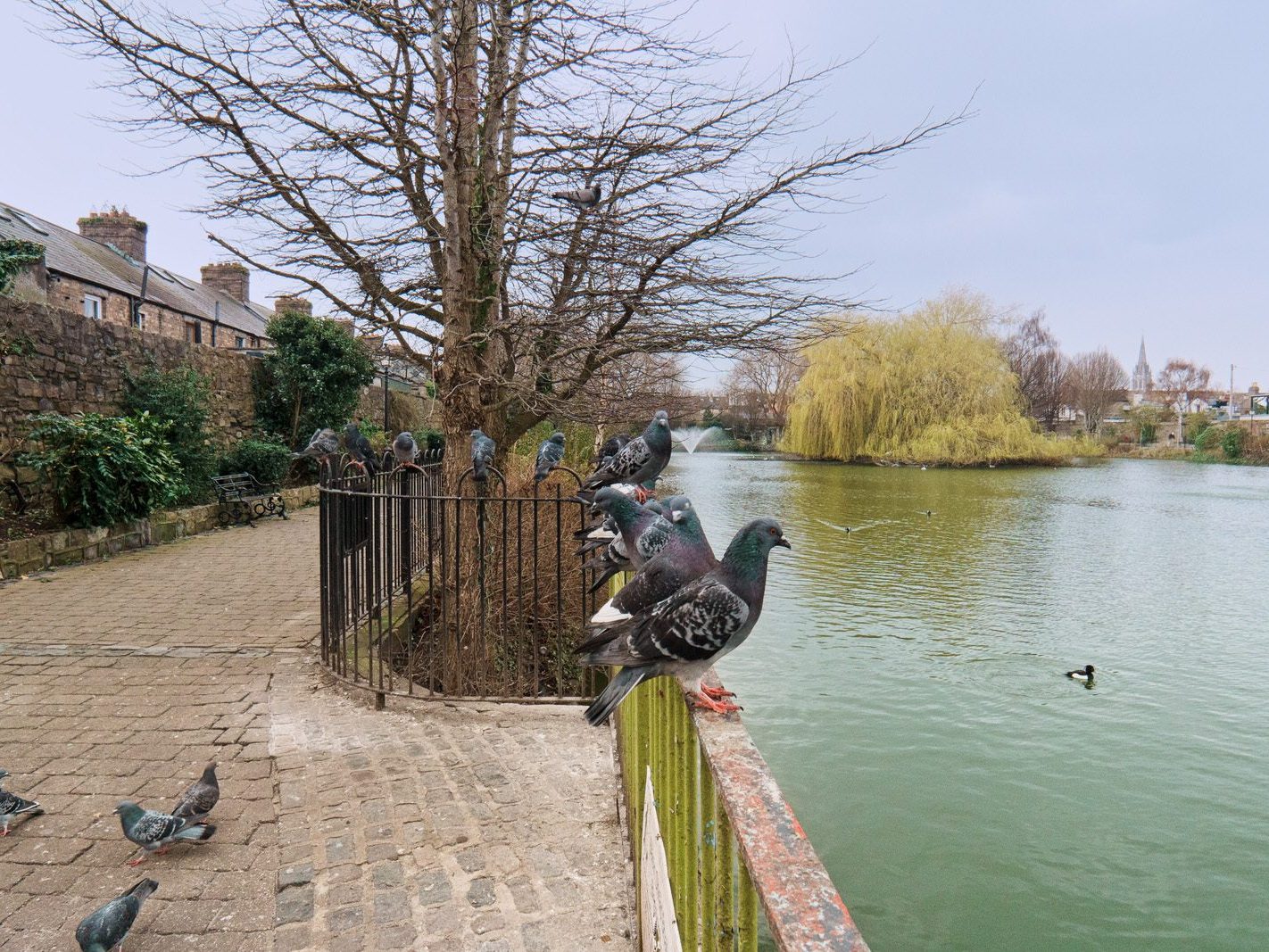
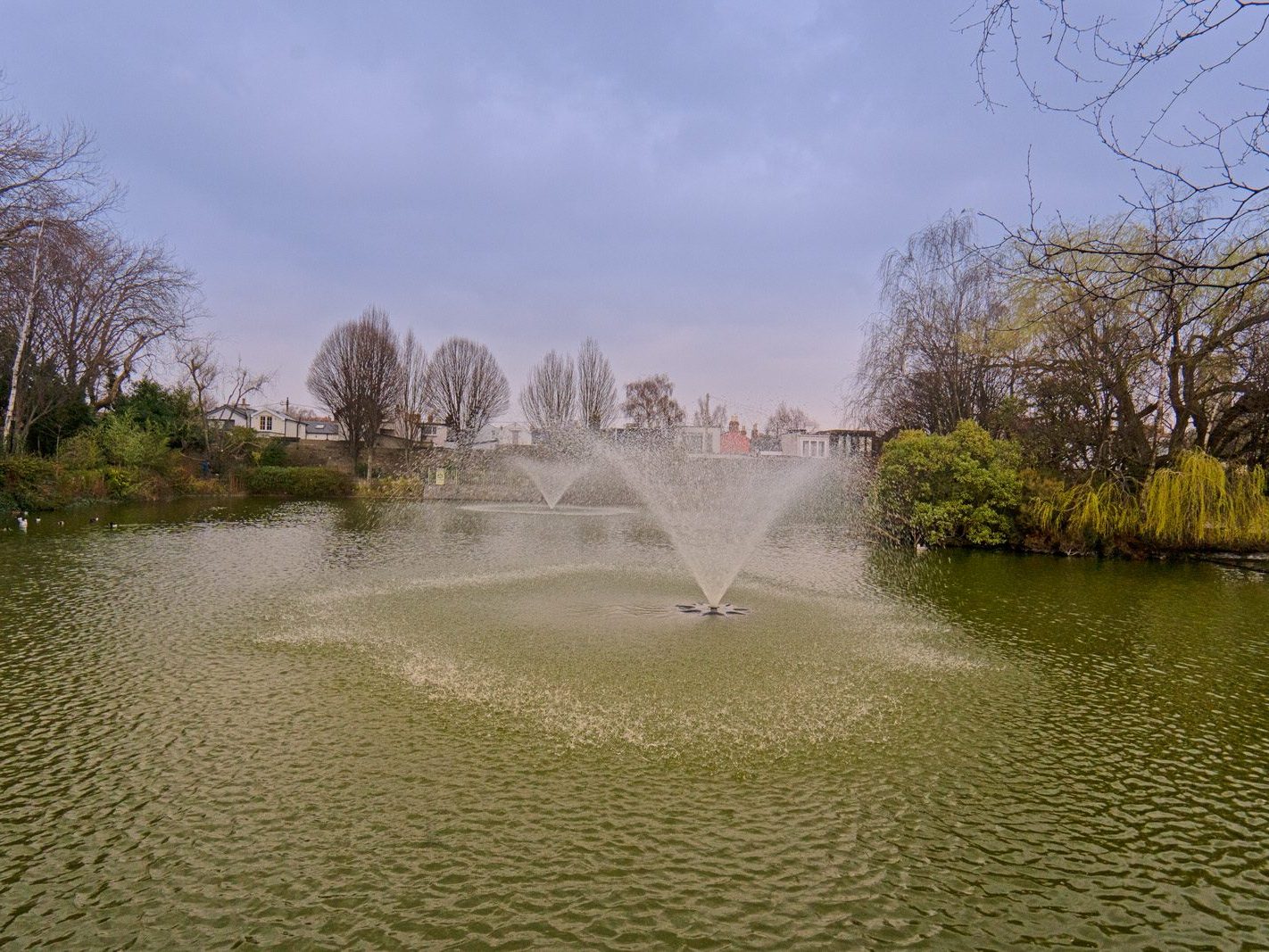
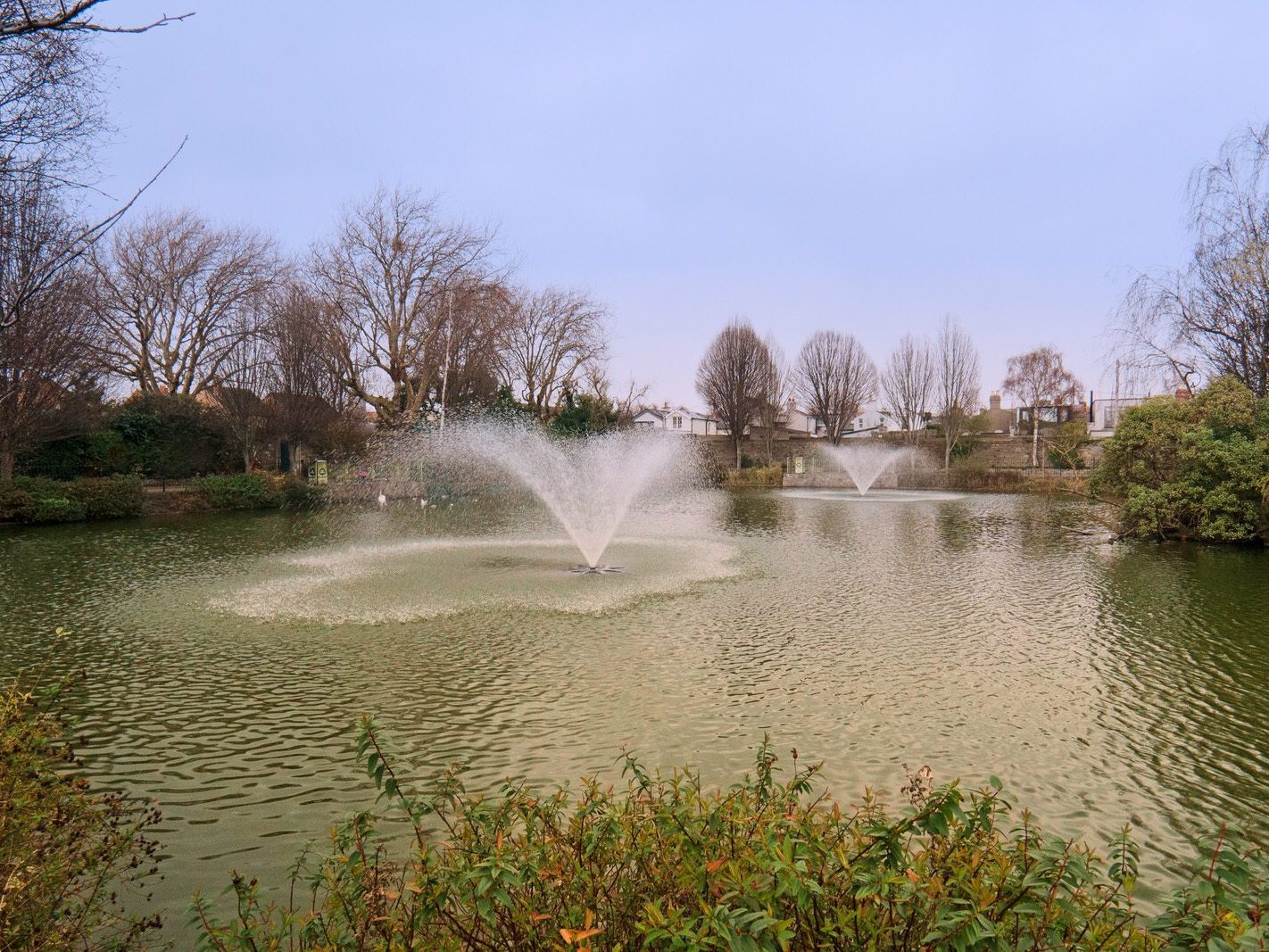
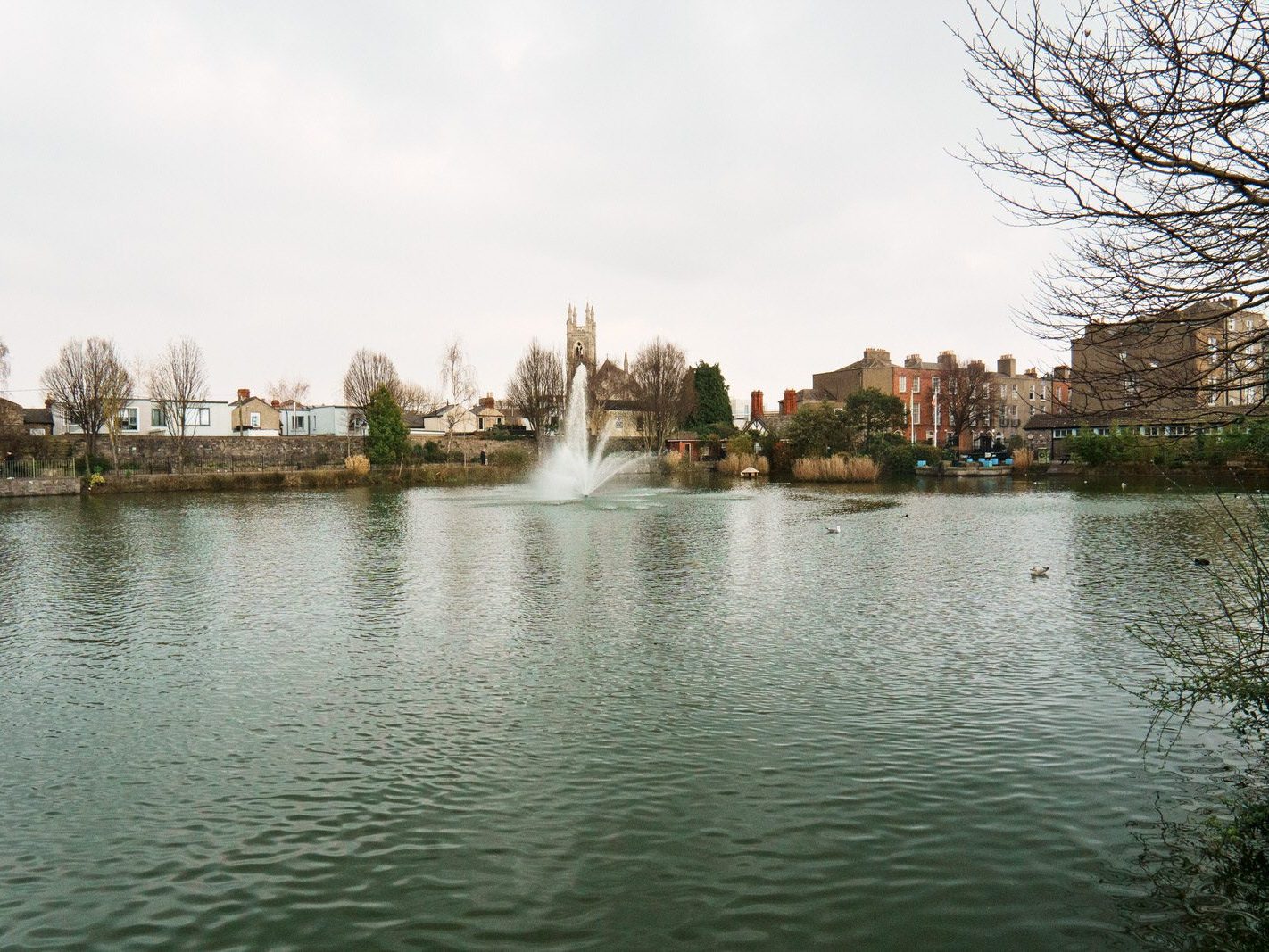
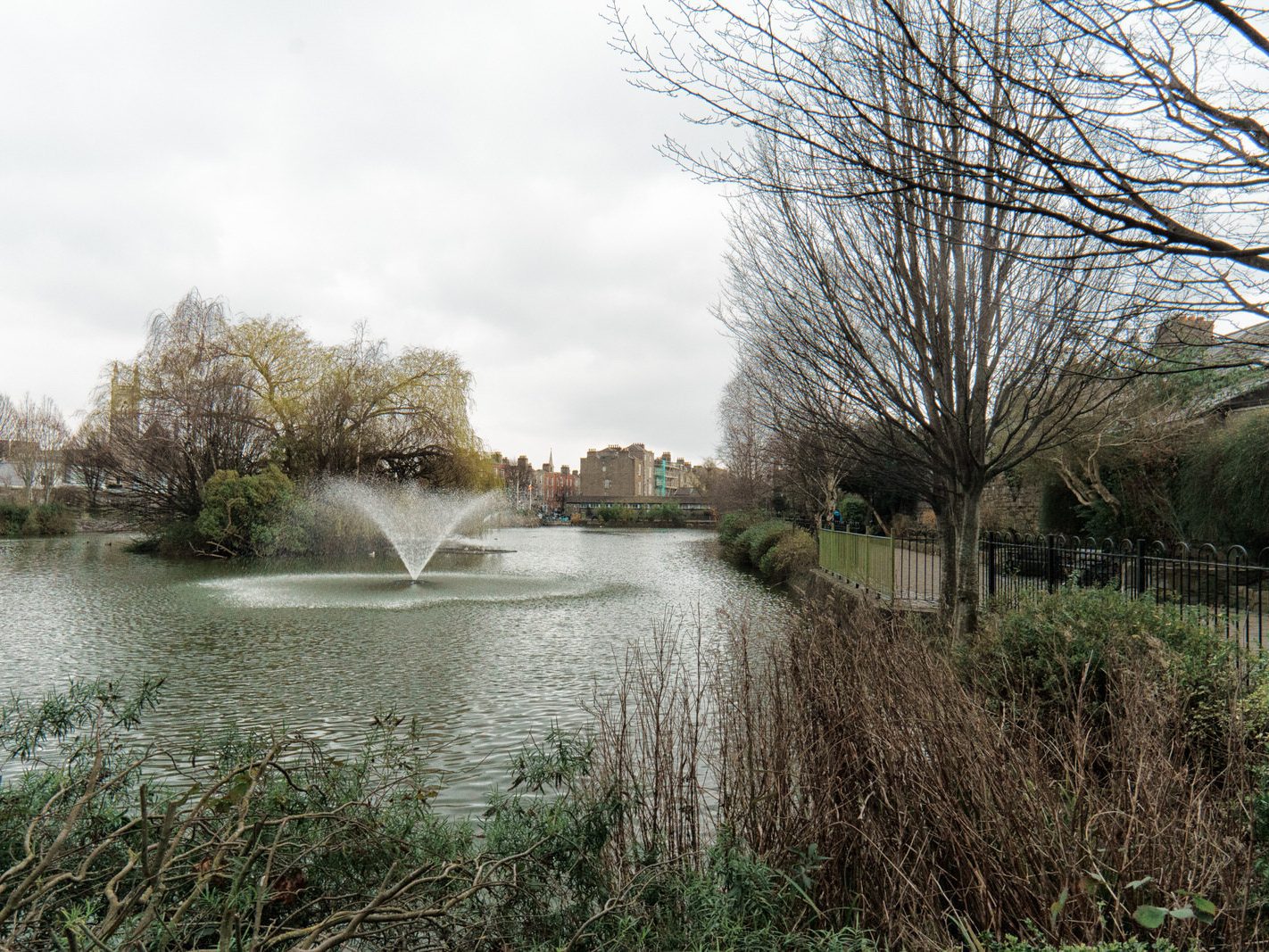
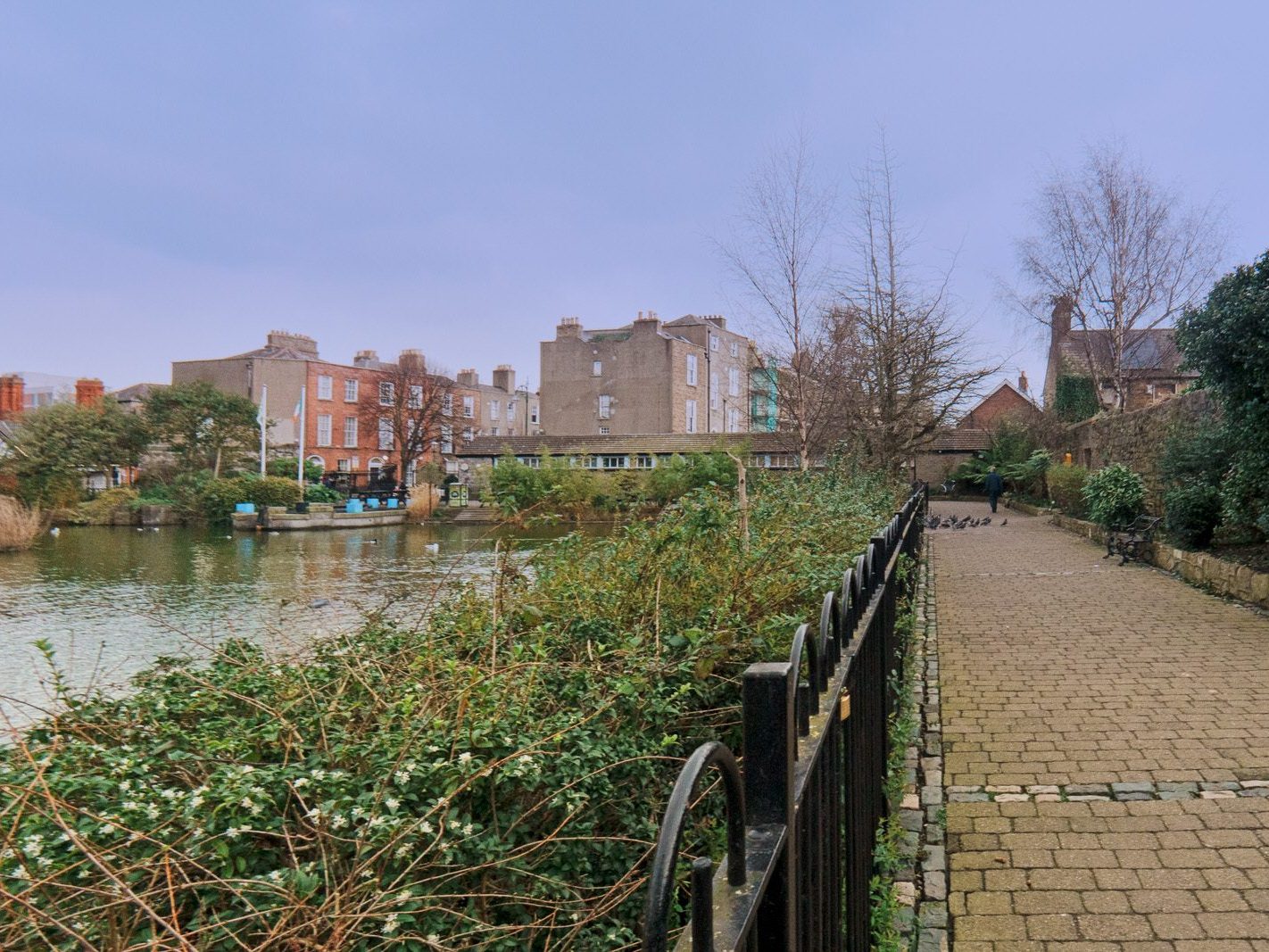
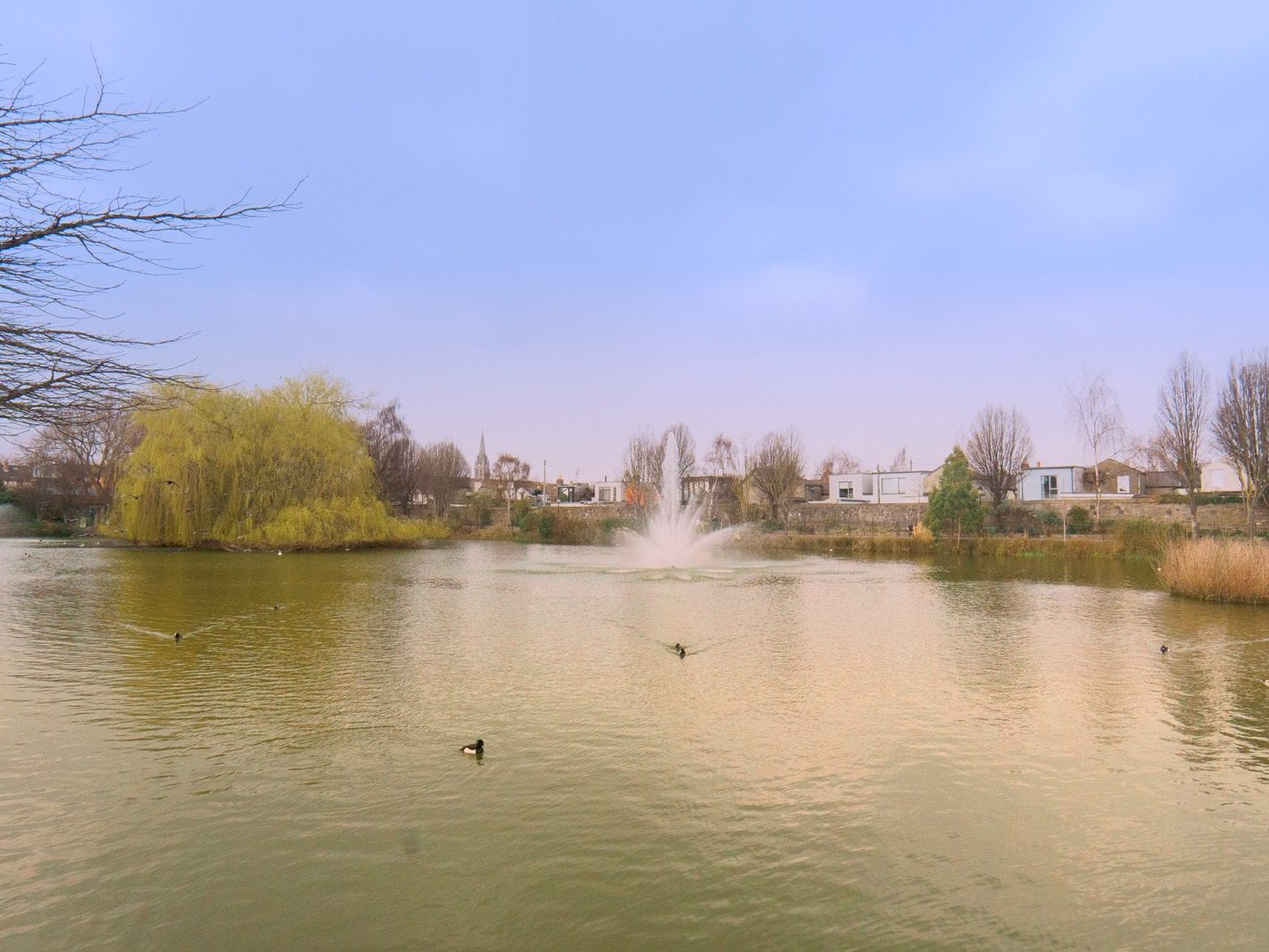
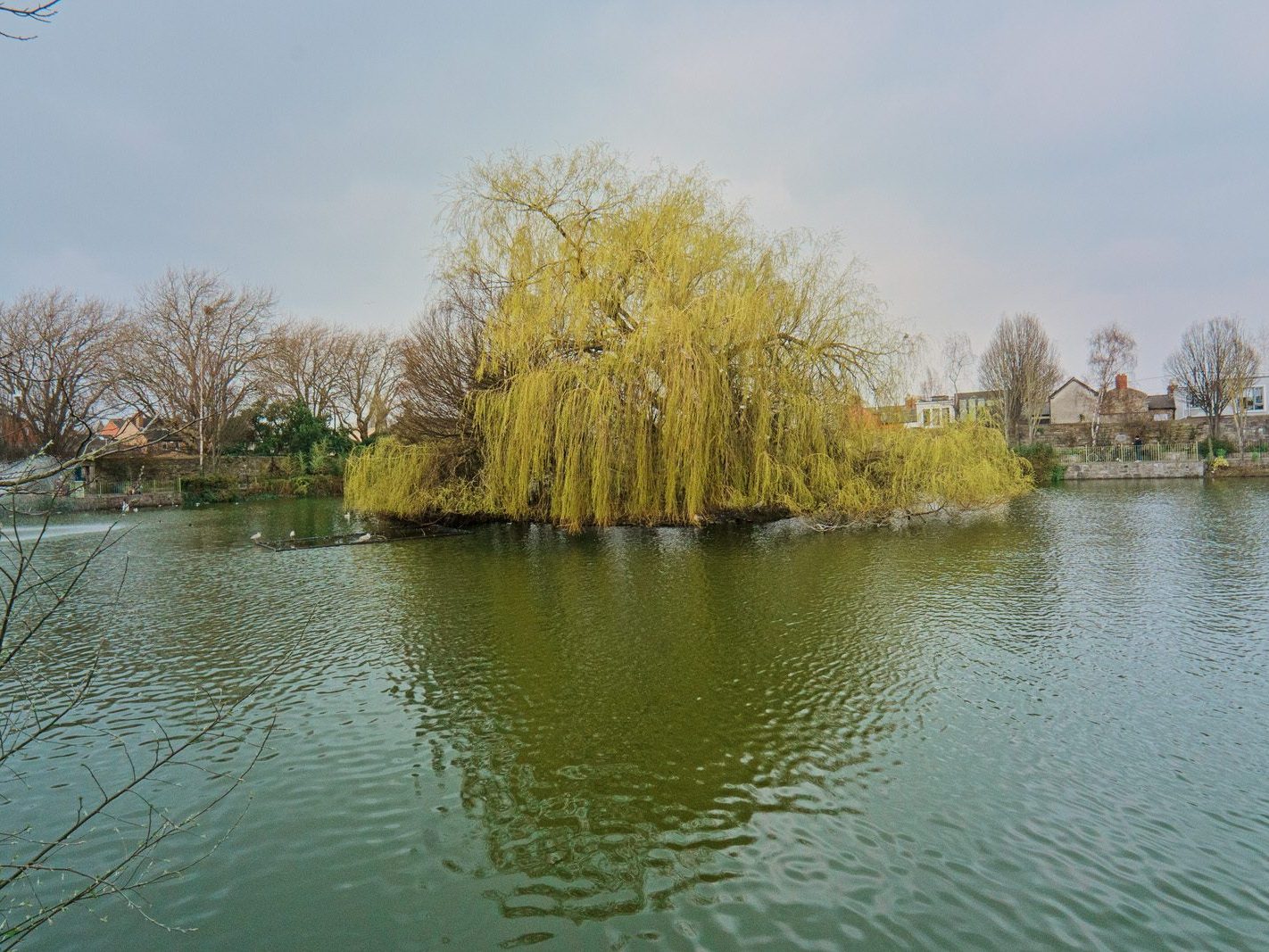
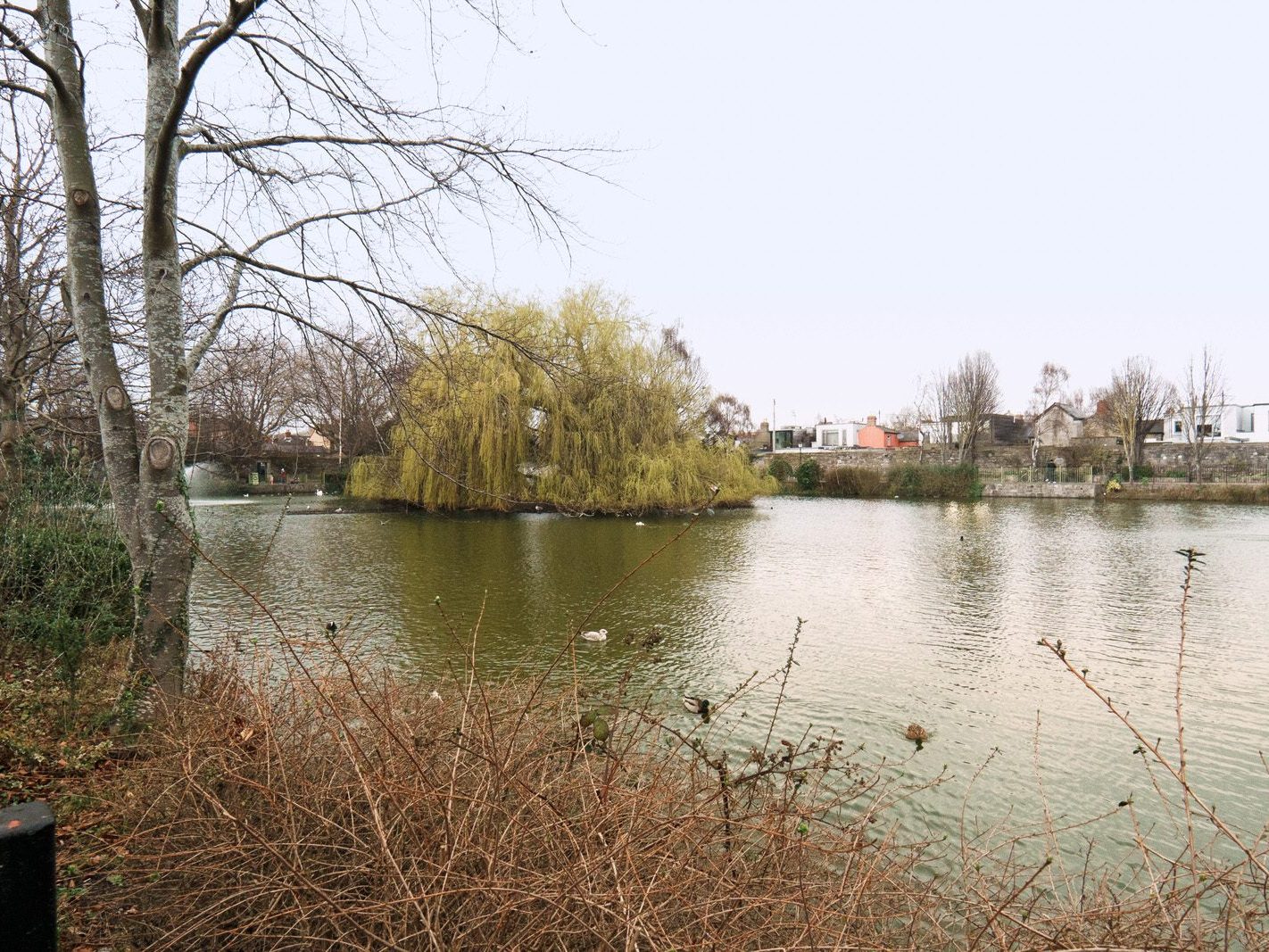
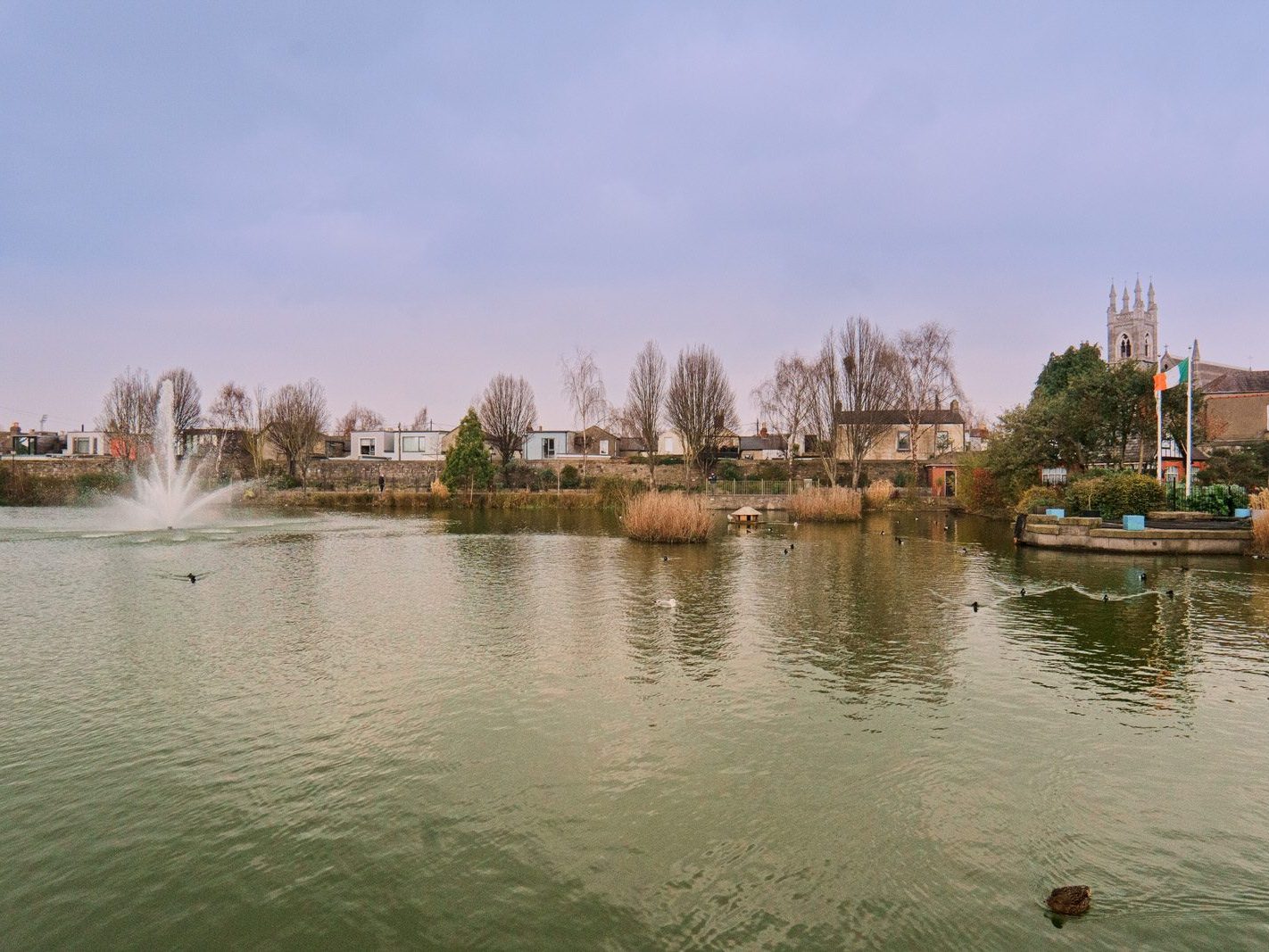
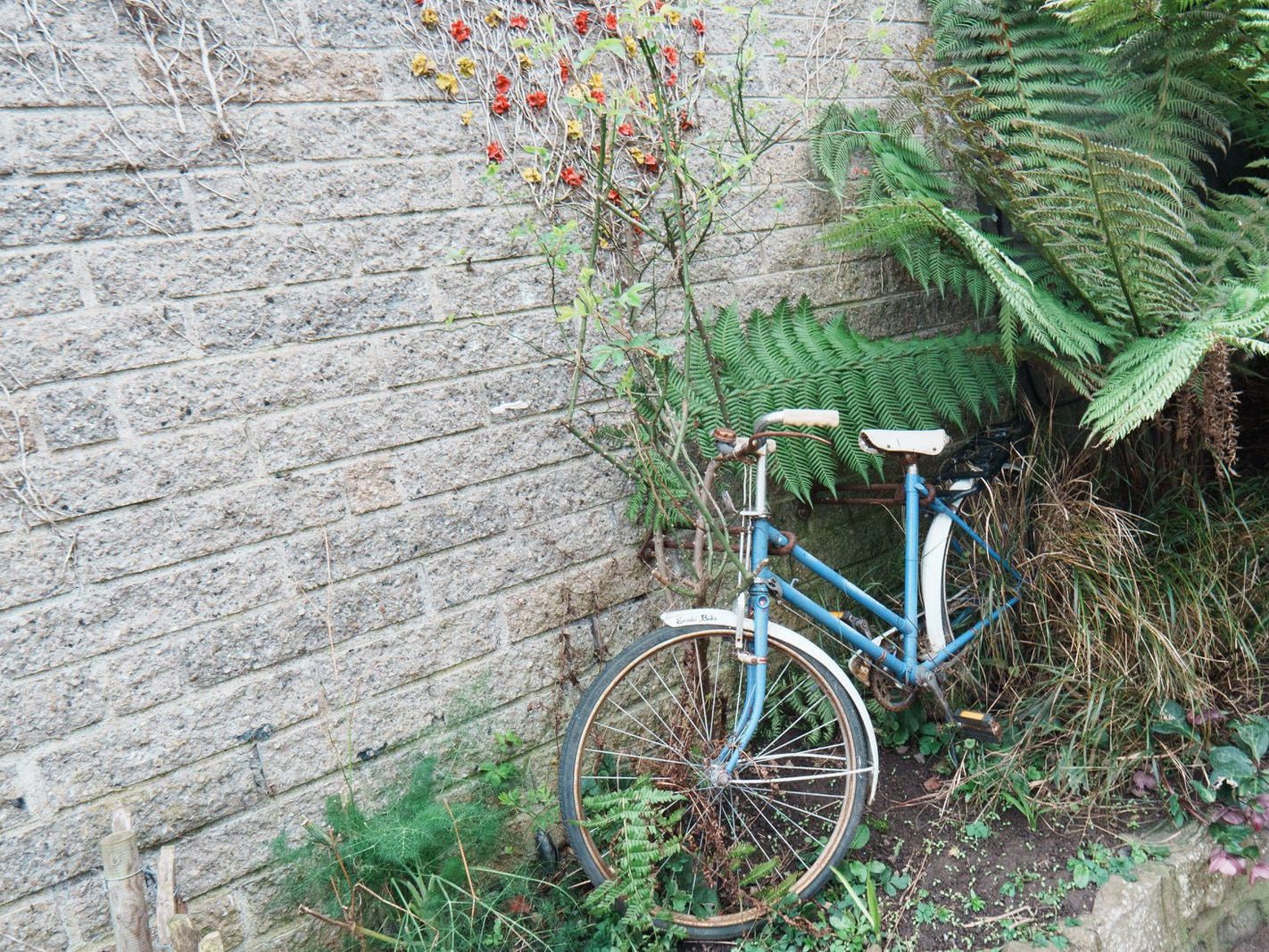
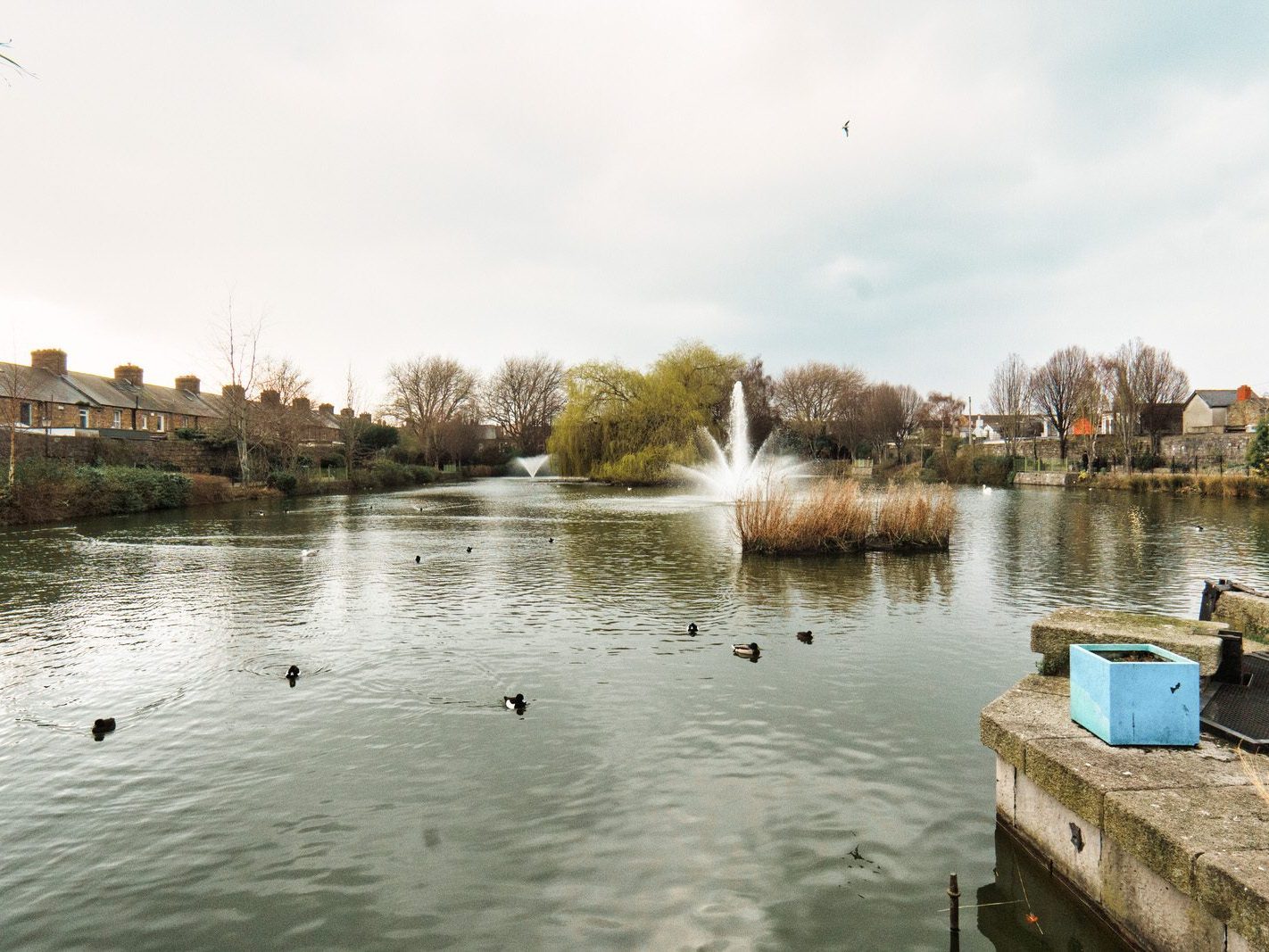
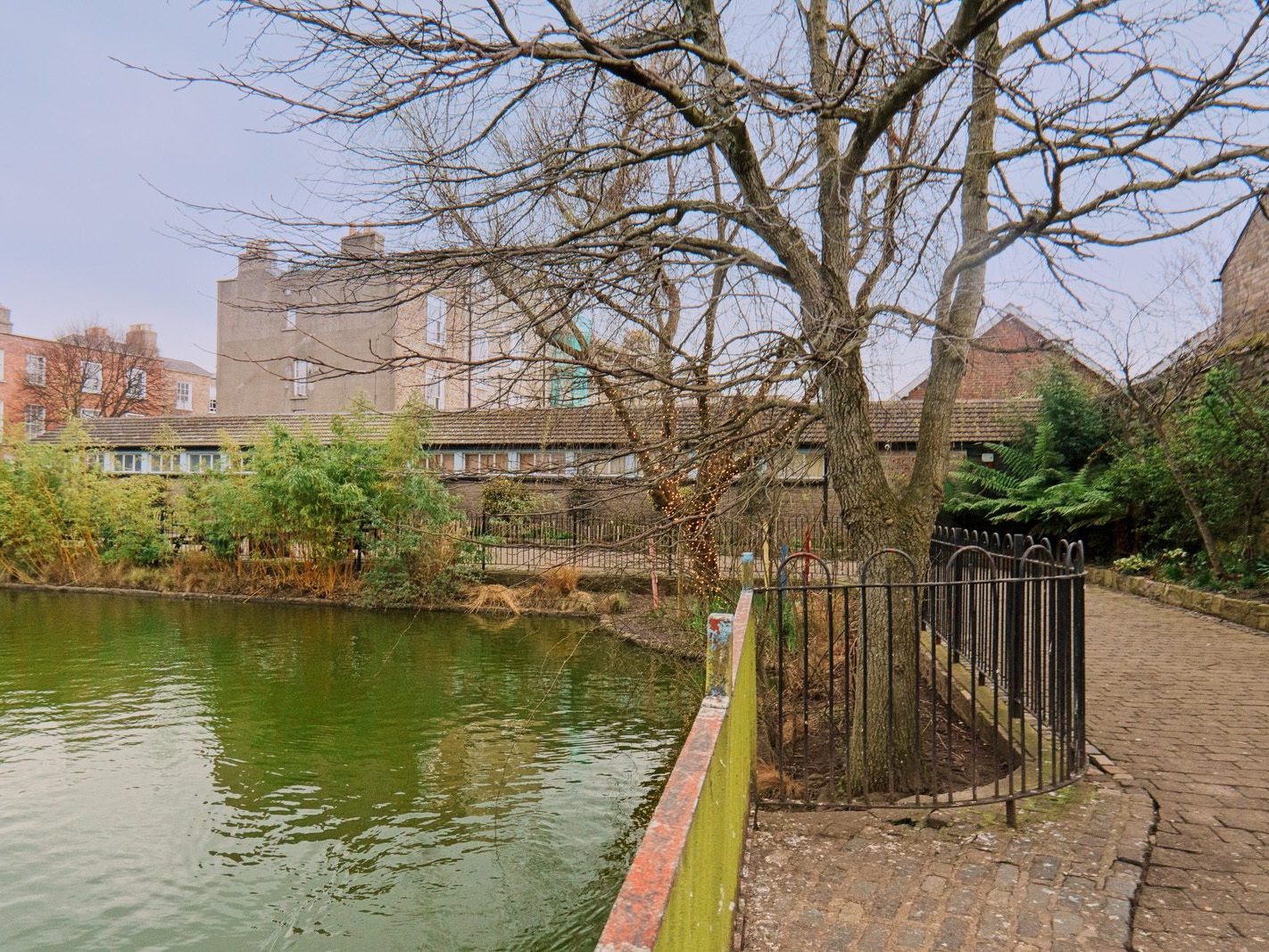
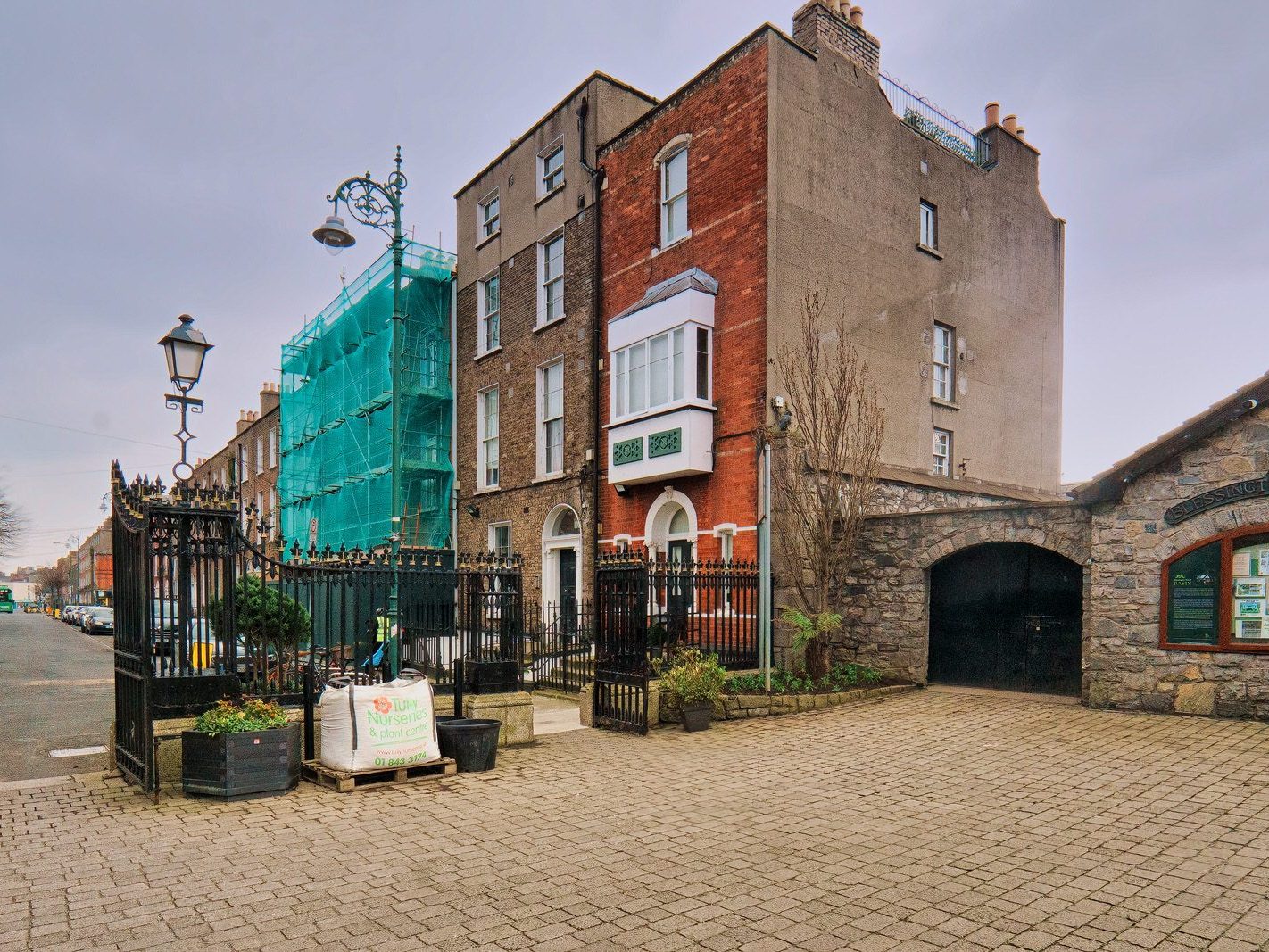
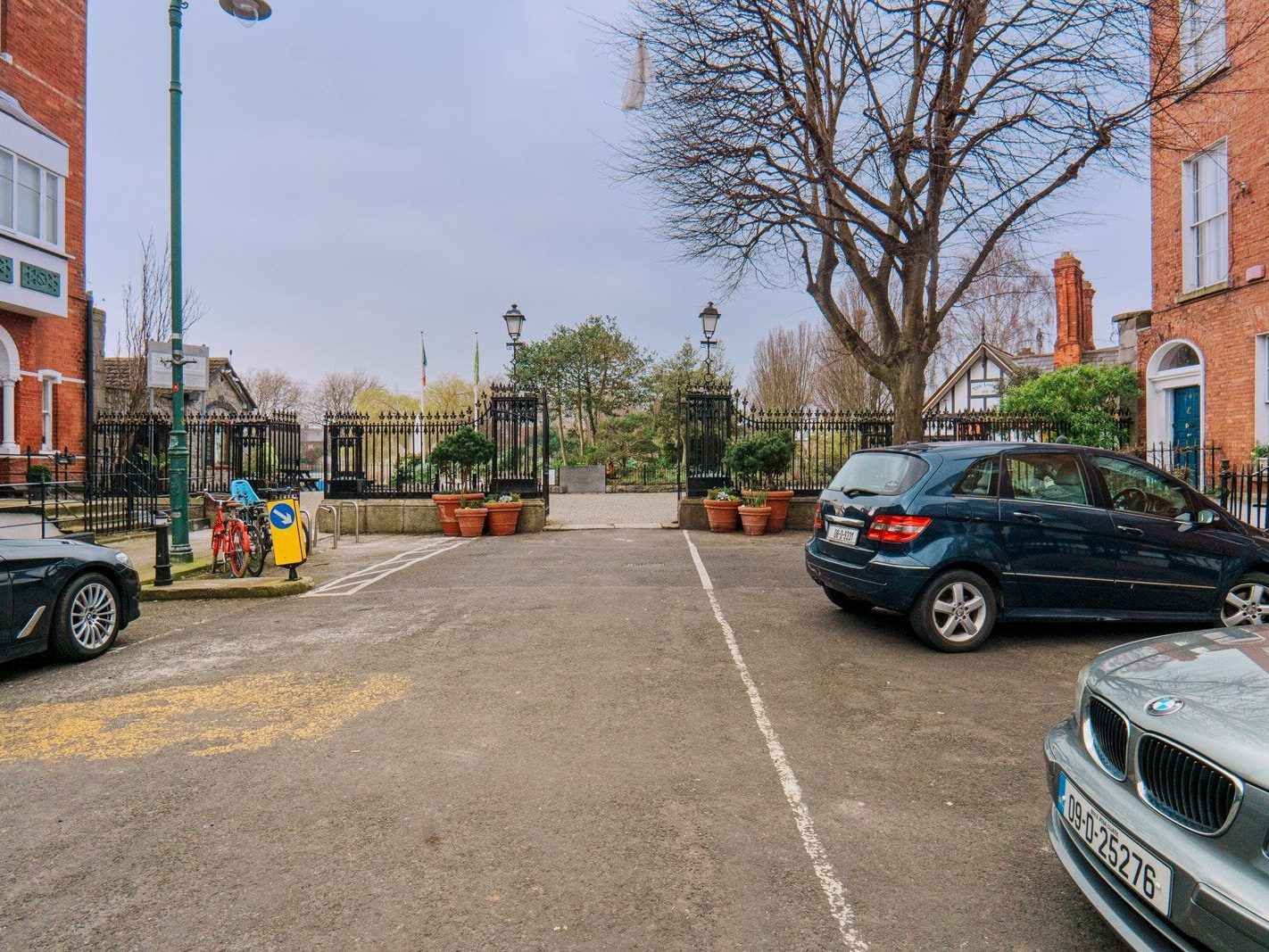
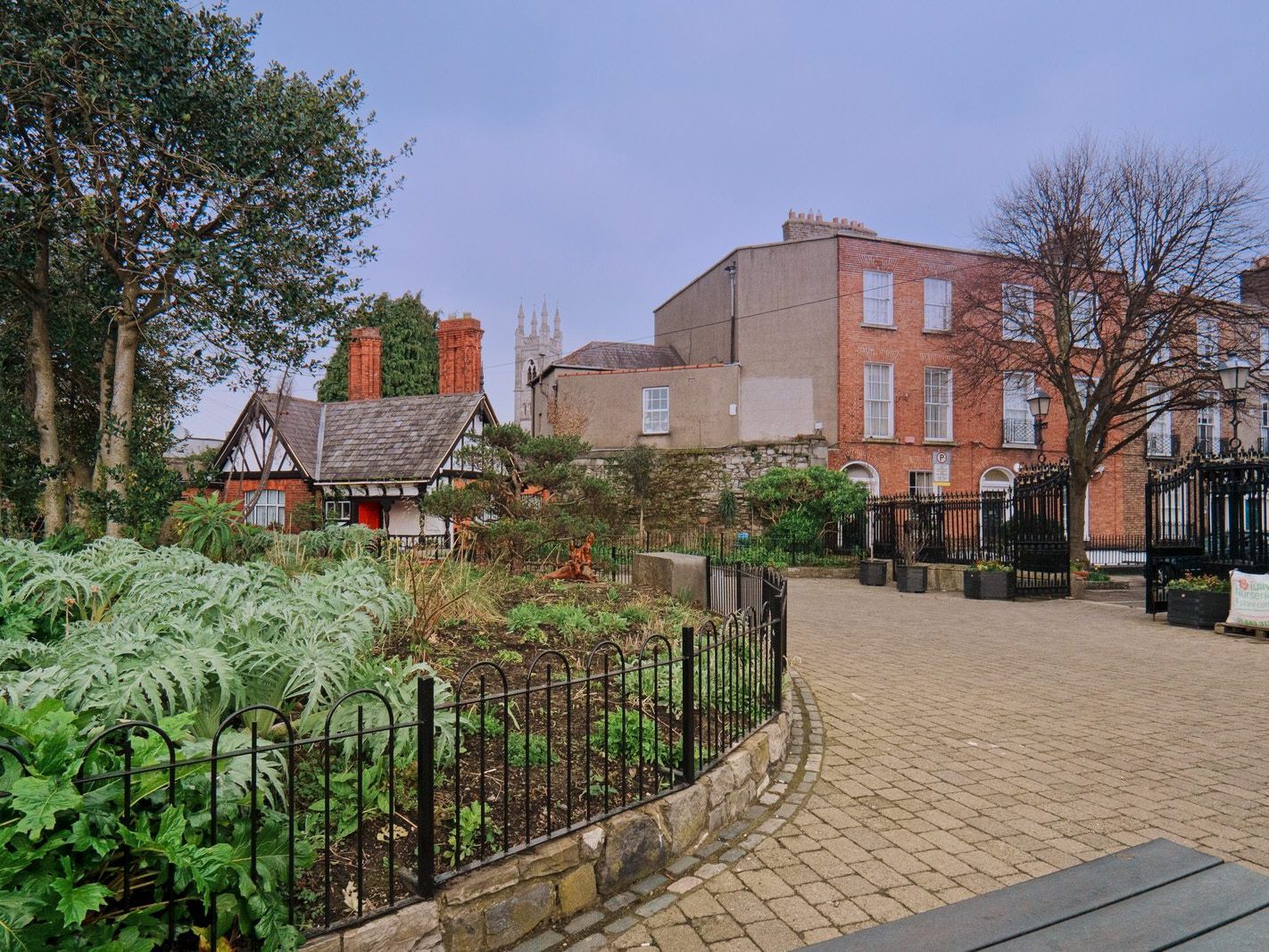
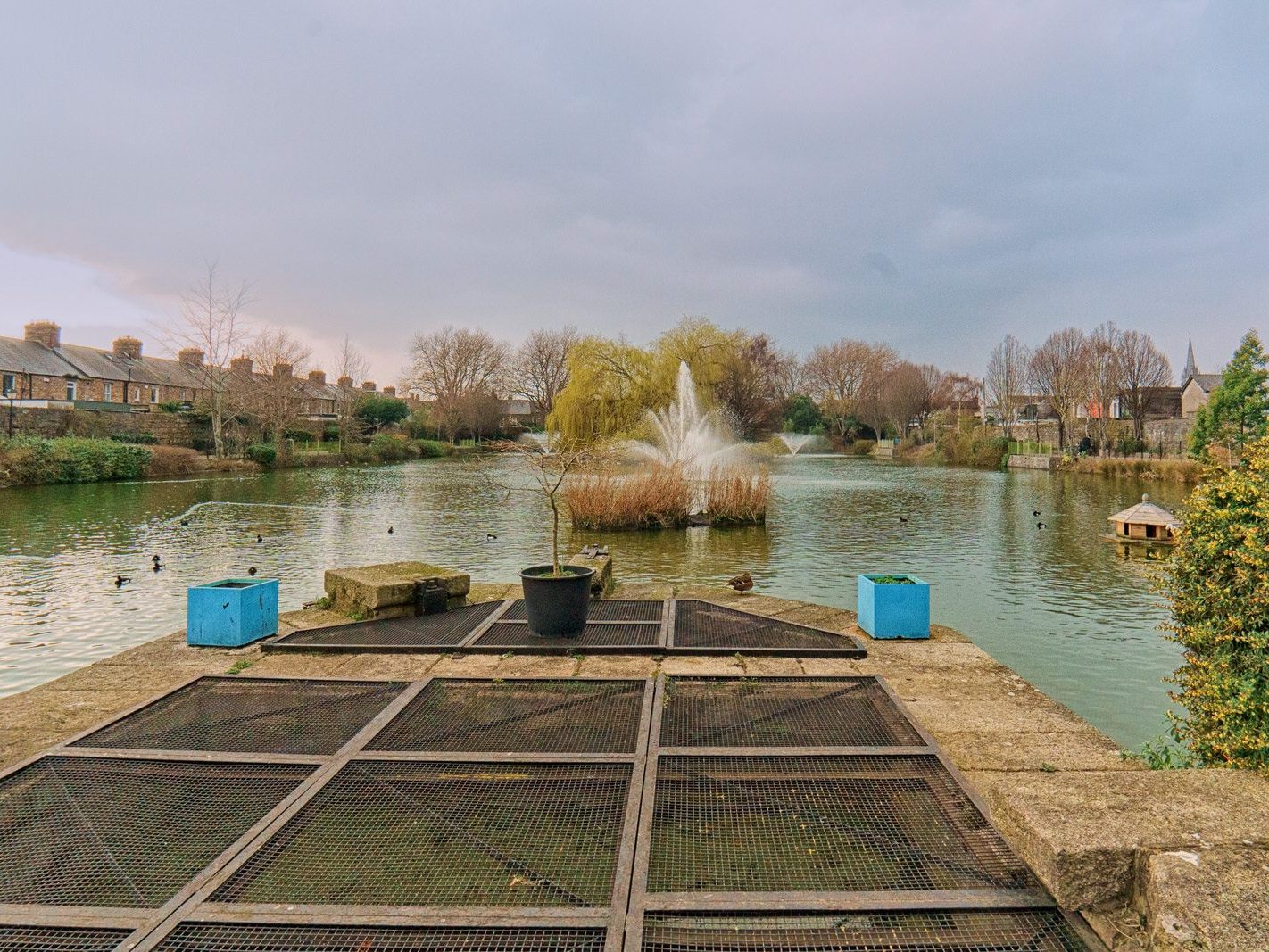
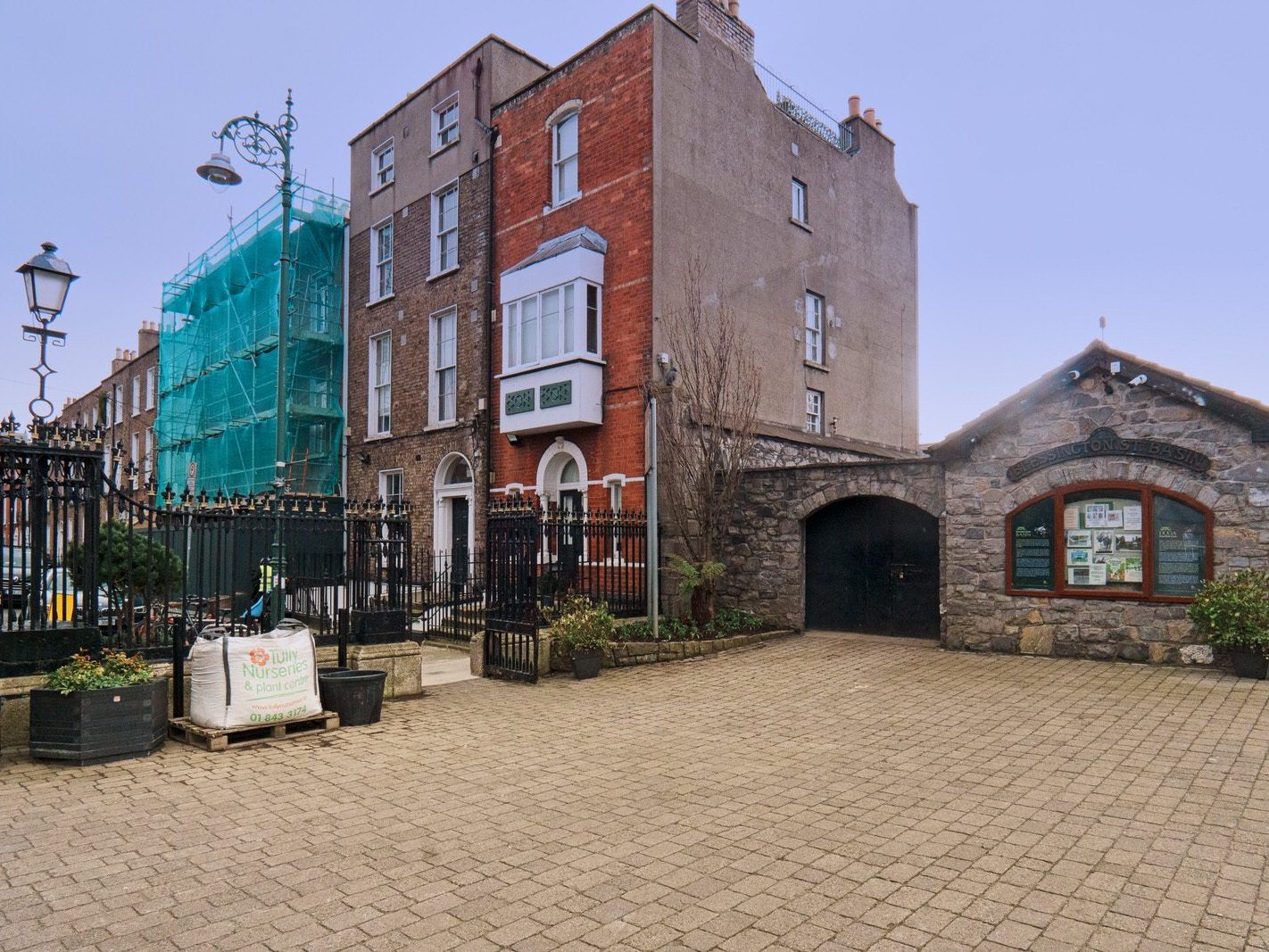
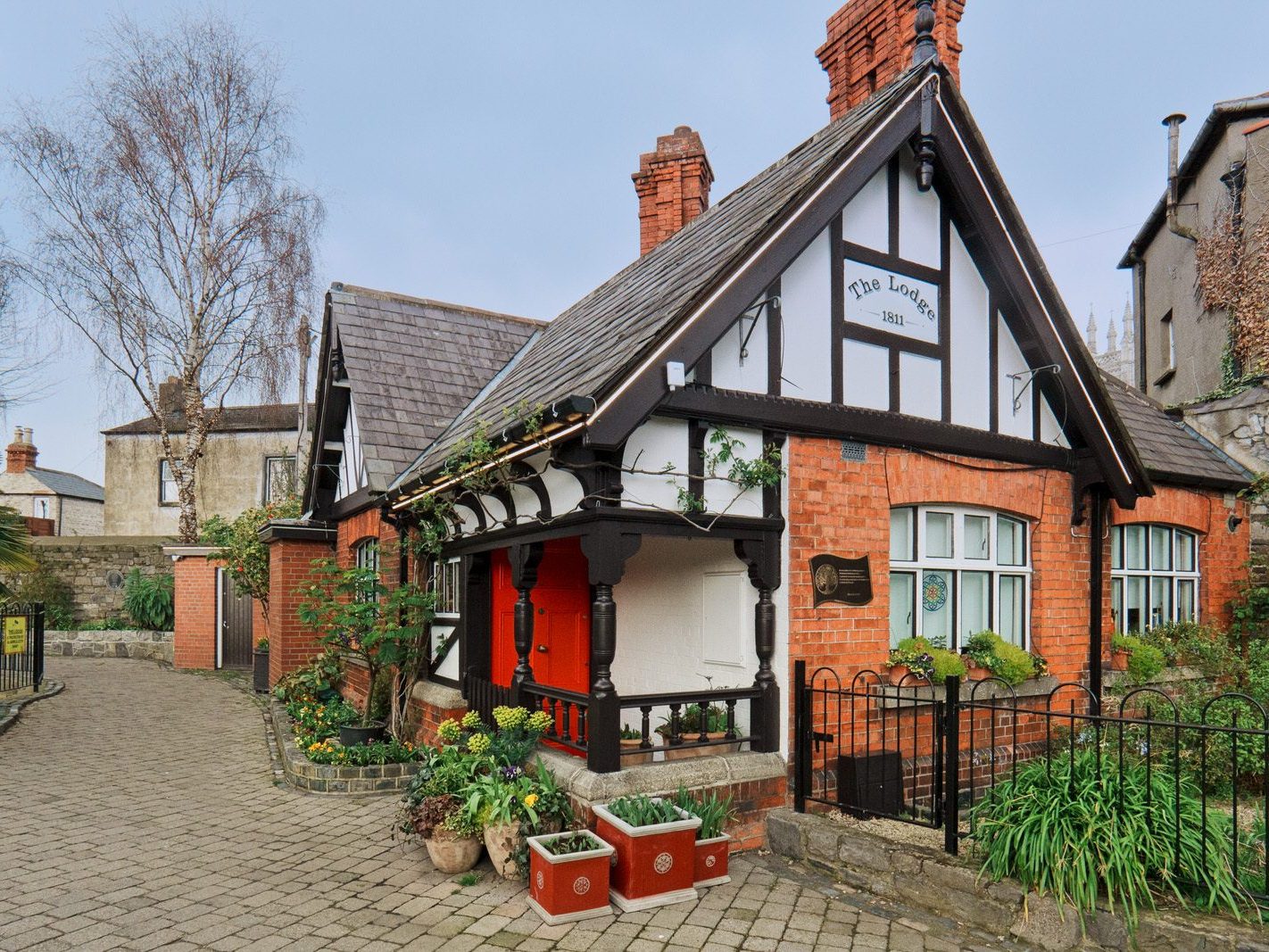
![THE PEOPLES FLOWER GARDENS IN PHOENIX PARK [I USED AN 85MM LENS]-228580-1 THE PEOPLES FLOWER GARDENS IN PHOENIX PARK [I USED AN 85MM LENS]-228580-1](https://excellentstreetimages.com/ParksAndGardensWordPress/wp-content/uploads/2024/02/THE-PEOPLES-FLOWER-GARDENS-IN-PHOENIX-PARK-I-USED-AN-85MM-LENS-228580-1-1422x1067.jpg)
![THE PEOPLES FLOWER GARDENS IN PHOENIX PARK [I USED AN 85MM LENS]-228579-1 THE PEOPLES FLOWER GARDENS IN PHOENIX PARK [I USED AN 85MM LENS]-228579-1](https://excellentstreetimages.com/ParksAndGardensWordPress/wp-content/uploads/2024/02/THE-PEOPLES-FLOWER-GARDENS-IN-PHOENIX-PARK-I-USED-AN-85MM-LENS-228579-1-1422x1067.jpg)
![THE PEOPLES FLOWER GARDENS IN PHOENIX PARK [I USED AN 85MM LENS]-228578-1 THE PEOPLES FLOWER GARDENS IN PHOENIX PARK [I USED AN 85MM LENS]-228578-1](https://excellentstreetimages.com/ParksAndGardensWordPress/wp-content/uploads/2024/02/THE-PEOPLES-FLOWER-GARDENS-IN-PHOENIX-PARK-I-USED-AN-85MM-LENS-228578-1-1422x1067.jpg)
![THE PEOPLES FLOWER GARDENS IN PHOENIX PARK [I USED AN 85MM LENS]-228577-1 THE PEOPLES FLOWER GARDENS IN PHOENIX PARK [I USED AN 85MM LENS]-228577-1](https://excellentstreetimages.com/ParksAndGardensWordPress/wp-content/uploads/2024/02/THE-PEOPLES-FLOWER-GARDENS-IN-PHOENIX-PARK-I-USED-AN-85MM-LENS-228577-1-1422x1067.jpg)
![THE PEOPLES FLOWER GARDENS IN PHOENIX PARK [I USED AN 85MM LENS]-228576-1 THE PEOPLES FLOWER GARDENS IN PHOENIX PARK [I USED AN 85MM LENS]-228576-1](https://excellentstreetimages.com/ParksAndGardensWordPress/wp-content/uploads/2024/02/THE-PEOPLES-FLOWER-GARDENS-IN-PHOENIX-PARK-I-USED-AN-85MM-LENS-228576-1-1422x1067.jpg)
![THE PEOPLES FLOWER GARDENS IN PHOENIX PARK [I USED AN 85MM LENS]-228575-1 THE PEOPLES FLOWER GARDENS IN PHOENIX PARK [I USED AN 85MM LENS]-228575-1](https://excellentstreetimages.com/ParksAndGardensWordPress/wp-content/uploads/2024/02/THE-PEOPLES-FLOWER-GARDENS-IN-PHOENIX-PARK-I-USED-AN-85MM-LENS-228575-1-1422x1067.jpg)
![THE PEOPLES FLOWER GARDENS IN PHOENIX PARK [I USED AN 85MM LENS]-228574-1 THE PEOPLES FLOWER GARDENS IN PHOENIX PARK [I USED AN 85MM LENS]-228574-1](https://excellentstreetimages.com/ParksAndGardensWordPress/wp-content/uploads/2024/02/THE-PEOPLES-FLOWER-GARDENS-IN-PHOENIX-PARK-I-USED-AN-85MM-LENS-228574-1-1422x1067.jpg)
![THE PEOPLES FLOWER GARDENS IN PHOENIX PARK [I USED AN 85MM LENS]-228572-1 THE PEOPLES FLOWER GARDENS IN PHOENIX PARK [I USED AN 85MM LENS]-228572-1](https://excellentstreetimages.com/ParksAndGardensWordPress/wp-content/uploads/2024/02/THE-PEOPLES-FLOWER-GARDENS-IN-PHOENIX-PARK-I-USED-AN-85MM-LENS-228572-1-1422x1067.jpg)
![THE PEOPLES FLOWER GARDENS IN PHOENIX PARK [I USED AN 85MM LENS]-228573-1 THE PEOPLES FLOWER GARDENS IN PHOENIX PARK [I USED AN 85MM LENS]-228573-1](https://excellentstreetimages.com/ParksAndGardensWordPress/wp-content/uploads/2024/02/THE-PEOPLES-FLOWER-GARDENS-IN-PHOENIX-PARK-I-USED-AN-85MM-LENS-228573-1-1422x1067.jpg)
![THE PEOPLES FLOWER GARDENS IN PHOENIX PARK [I USED AN 85MM LENS]-228571-1 THE PEOPLES FLOWER GARDENS IN PHOENIX PARK [I USED AN 85MM LENS]-228571-1](https://excellentstreetimages.com/ParksAndGardensWordPress/wp-content/uploads/2024/02/THE-PEOPLES-FLOWER-GARDENS-IN-PHOENIX-PARK-I-USED-AN-85MM-LENS-228571-1-1422x1067.jpg)
![THE PEOPLES FLOWER GARDENS IN PHOENIX PARK [I USED AN 85MM LENS]-228570-1 THE PEOPLES FLOWER GARDENS IN PHOENIX PARK [I USED AN 85MM LENS]-228570-1](https://excellentstreetimages.com/ParksAndGardensWordPress/wp-content/uploads/2024/02/THE-PEOPLES-FLOWER-GARDENS-IN-PHOENIX-PARK-I-USED-AN-85MM-LENS-228570-1-1422x1067.jpg)
![THE PEOPLES FLOWER GARDENS IN PHOENIX PARK [I USED AN 85MM LENS]-228569-1 THE PEOPLES FLOWER GARDENS IN PHOENIX PARK [I USED AN 85MM LENS]-228569-1](https://excellentstreetimages.com/ParksAndGardensWordPress/wp-content/uploads/2024/02/THE-PEOPLES-FLOWER-GARDENS-IN-PHOENIX-PARK-I-USED-AN-85MM-LENS-228569-1-1422x1067.jpg)
![THE PEOPLES FLOWER GARDENS IN PHOENIX PARK [I USED AN 85MM LENS]-228568-1 THE PEOPLES FLOWER GARDENS IN PHOENIX PARK [I USED AN 85MM LENS]-228568-1](https://excellentstreetimages.com/ParksAndGardensWordPress/wp-content/uploads/2024/02/THE-PEOPLES-FLOWER-GARDENS-IN-PHOENIX-PARK-I-USED-AN-85MM-LENS-228568-1-1422x1067.jpg)
![THE PEOPLES FLOWER GARDENS IN PHOENIX PARK [I USED AN 85MM LENS]-228566-1 THE PEOPLES FLOWER GARDENS IN PHOENIX PARK [I USED AN 85MM LENS]-228566-1](https://excellentstreetimages.com/ParksAndGardensWordPress/wp-content/uploads/2024/02/THE-PEOPLES-FLOWER-GARDENS-IN-PHOENIX-PARK-I-USED-AN-85MM-LENS-228566-1-1422x1067.jpg)
![THE PEOPLES FLOWER GARDENS IN PHOENIX PARK [I USED AN 85MM LENS]-228567-1 THE PEOPLES FLOWER GARDENS IN PHOENIX PARK [I USED AN 85MM LENS]-228567-1](https://excellentstreetimages.com/ParksAndGardensWordPress/wp-content/uploads/2024/02/THE-PEOPLES-FLOWER-GARDENS-IN-PHOENIX-PARK-I-USED-AN-85MM-LENS-228567-1-1422x1067.jpg)
![THE PEOPLES FLOWER GARDENS IN PHOENIX PARK [I USED AN 85MM LENS]-228565-1 THE PEOPLES FLOWER GARDENS IN PHOENIX PARK [I USED AN 85MM LENS]-228565-1](https://excellentstreetimages.com/ParksAndGardensWordPress/wp-content/uploads/2024/02/THE-PEOPLES-FLOWER-GARDENS-IN-PHOENIX-PARK-I-USED-AN-85MM-LENS-228565-1-1422x1067.jpg)
![THE PEOPLES FLOWER GARDENS IN PHOENIX PARK [I USED AN 85MM LENS]-228564-1 THE PEOPLES FLOWER GARDENS IN PHOENIX PARK [I USED AN 85MM LENS]-228564-1](https://excellentstreetimages.com/ParksAndGardensWordPress/wp-content/uploads/2024/02/THE-PEOPLES-FLOWER-GARDENS-IN-PHOENIX-PARK-I-USED-AN-85MM-LENS-228564-1-1422x1067.jpg)
![THE PEOPLES FLOWER GARDENS IN PHOENIX PARK [I USED AN 85MM LENS]-228563-1 THE PEOPLES FLOWER GARDENS IN PHOENIX PARK [I USED AN 85MM LENS]-228563-1](https://excellentstreetimages.com/ParksAndGardensWordPress/wp-content/uploads/2024/02/THE-PEOPLES-FLOWER-GARDENS-IN-PHOENIX-PARK-I-USED-AN-85MM-LENS-228563-1-1422x1067.jpg)
![THE PEOPLES FLOWER GARDENS IN PHOENIX PARK [I USED AN 85MM LENS]-228562-1 THE PEOPLES FLOWER GARDENS IN PHOENIX PARK [I USED AN 85MM LENS]-228562-1](https://excellentstreetimages.com/ParksAndGardensWordPress/wp-content/uploads/2024/02/THE-PEOPLES-FLOWER-GARDENS-IN-PHOENIX-PARK-I-USED-AN-85MM-LENS-228562-1-1422x1067.jpg)
![THE PEOPLES FLOWER GARDENS IN PHOENIX PARK [I USED AN 85MM LENS]-228561-1 THE PEOPLES FLOWER GARDENS IN PHOENIX PARK [I USED AN 85MM LENS]-228561-1](https://excellentstreetimages.com/ParksAndGardensWordPress/wp-content/uploads/2024/02/THE-PEOPLES-FLOWER-GARDENS-IN-PHOENIX-PARK-I-USED-AN-85MM-LENS-228561-1-1422x1067.jpg)
![THE PEOPLES FLOWER GARDENS IN PHOENIX PARK [I USED AN 85MM LENS]-228560-1 THE PEOPLES FLOWER GARDENS IN PHOENIX PARK [I USED AN 85MM LENS]-228560-1](https://excellentstreetimages.com/ParksAndGardensWordPress/wp-content/uploads/2024/02/THE-PEOPLES-FLOWER-GARDENS-IN-PHOENIX-PARK-I-USED-AN-85MM-LENS-228560-1-1422x1067.jpg)
![THE PEOPLES FLOWER GARDENS IN PHOENIX PARK [I USED AN 85MM LENS]-228559-1 THE PEOPLES FLOWER GARDENS IN PHOENIX PARK [I USED AN 85MM LENS]-228559-1](https://excellentstreetimages.com/ParksAndGardensWordPress/wp-content/uploads/2024/02/THE-PEOPLES-FLOWER-GARDENS-IN-PHOENIX-PARK-I-USED-AN-85MM-LENS-228559-1-1422x1067.jpg)
![THE PEOPLES FLOWER GARDENS IN PHOENIX PARK [I USED AN 85MM LENS]-228558-1 THE PEOPLES FLOWER GARDENS IN PHOENIX PARK [I USED AN 85MM LENS]-228558-1](https://excellentstreetimages.com/ParksAndGardensWordPress/wp-content/uploads/2024/02/THE-PEOPLES-FLOWER-GARDENS-IN-PHOENIX-PARK-I-USED-AN-85MM-LENS-228558-1-1422x1067.jpg)
![THE PEOPLES FLOWER GARDENS IN PHOENIX PARK [I USED AN 85MM LENS]-228557-1 THE PEOPLES FLOWER GARDENS IN PHOENIX PARK [I USED AN 85MM LENS]-228557-1](https://excellentstreetimages.com/ParksAndGardensWordPress/wp-content/uploads/2024/02/THE-PEOPLES-FLOWER-GARDENS-IN-PHOENIX-PARK-I-USED-AN-85MM-LENS-228557-1-1422x1067.jpg)
![THE PEOPLES FLOWER GARDENS IN PHOENIX PARK [I USED AN 85MM LENS]-228556-1 THE PEOPLES FLOWER GARDENS IN PHOENIX PARK [I USED AN 85MM LENS]-228556-1](https://excellentstreetimages.com/ParksAndGardensWordPress/wp-content/uploads/2024/02/THE-PEOPLES-FLOWER-GARDENS-IN-PHOENIX-PARK-I-USED-AN-85MM-LENS-228556-1-1422x1067.jpg)
![THE PEOPLES FLOWER GARDENS IN PHOENIX PARK [I USED AN 85MM LENS]-228555-1 THE PEOPLES FLOWER GARDENS IN PHOENIX PARK [I USED AN 85MM LENS]-228555-1](https://excellentstreetimages.com/ParksAndGardensWordPress/wp-content/uploads/2024/02/THE-PEOPLES-FLOWER-GARDENS-IN-PHOENIX-PARK-I-USED-AN-85MM-LENS-228555-1-1422x1067.jpg)
![THE PEOPLES FLOWER GARDENS IN PHOENIX PARK [I USED AN 85MM LENS]-228554-1 THE PEOPLES FLOWER GARDENS IN PHOENIX PARK [I USED AN 85MM LENS]-228554-1](https://excellentstreetimages.com/ParksAndGardensWordPress/wp-content/uploads/2024/02/THE-PEOPLES-FLOWER-GARDENS-IN-PHOENIX-PARK-I-USED-AN-85MM-LENS-228554-1-1422x1067.jpg)
![THE PEOPLES FLOWER GARDENS IN PHOENIX PARK [I USED AN 85MM LENS]-228553-1 THE PEOPLES FLOWER GARDENS IN PHOENIX PARK [I USED AN 85MM LENS]-228553-1](https://excellentstreetimages.com/ParksAndGardensWordPress/wp-content/uploads/2024/02/THE-PEOPLES-FLOWER-GARDENS-IN-PHOENIX-PARK-I-USED-AN-85MM-LENS-228553-1-1422x1067.jpg)
![THE PEOPLES FLOWER GARDENS IN PHOENIX PARK [I USED AN 85MM LENS]-228552-1 THE PEOPLES FLOWER GARDENS IN PHOENIX PARK [I USED AN 85MM LENS]-228552-1](https://excellentstreetimages.com/ParksAndGardensWordPress/wp-content/uploads/2024/02/THE-PEOPLES-FLOWER-GARDENS-IN-PHOENIX-PARK-I-USED-AN-85MM-LENS-228552-1-1422x1067.jpg)
![THE PEOPLES FLOWER GARDENS IN PHOENIX PARK [I USED AN 85MM LENS]-228551-1 THE PEOPLES FLOWER GARDENS IN PHOENIX PARK [I USED AN 85MM LENS]-228551-1](https://excellentstreetimages.com/ParksAndGardensWordPress/wp-content/uploads/2024/02/THE-PEOPLES-FLOWER-GARDENS-IN-PHOENIX-PARK-I-USED-AN-85MM-LENS-228551-1-1422x1067.jpg)
![THE PEOPLES FLOWER GARDENS IN PHOENIX PARK [I USED AN 85MM LENS]-228550-1 THE PEOPLES FLOWER GARDENS IN PHOENIX PARK [I USED AN 85MM LENS]-228550-1](https://excellentstreetimages.com/ParksAndGardensWordPress/wp-content/uploads/2024/02/THE-PEOPLES-FLOWER-GARDENS-IN-PHOENIX-PARK-I-USED-AN-85MM-LENS-228550-1-1422x1067.jpg)
![THE PEOPLES FLOWER GARDENS IN PHOENIX PARK [I USED AN 85MM LENS]-228549-1 THE PEOPLES FLOWER GARDENS IN PHOENIX PARK [I USED AN 85MM LENS]-228549-1](https://excellentstreetimages.com/ParksAndGardensWordPress/wp-content/uploads/2024/02/THE-PEOPLES-FLOWER-GARDENS-IN-PHOENIX-PARK-I-USED-AN-85MM-LENS-228549-1-1422x1067.jpg)
![THE PEOPLES FLOWER GARDENS IN PHOENIX PARK [I USED AN 85MM LENS]-228548-1 THE PEOPLES FLOWER GARDENS IN PHOENIX PARK [I USED AN 85MM LENS]-228548-1](https://excellentstreetimages.com/ParksAndGardensWordPress/wp-content/uploads/2024/02/THE-PEOPLES-FLOWER-GARDENS-IN-PHOENIX-PARK-I-USED-AN-85MM-LENS-228548-1-1422x1067.jpg)
![THE PEOPLES FLOWER GARDENS IN PHOENIX PARK [I USED AN 85MM LENS]-228547-1 THE PEOPLES FLOWER GARDENS IN PHOENIX PARK [I USED AN 85MM LENS]-228547-1](https://excellentstreetimages.com/ParksAndGardensWordPress/wp-content/uploads/2024/02/THE-PEOPLES-FLOWER-GARDENS-IN-PHOENIX-PARK-I-USED-AN-85MM-LENS-228547-1-1422x1067.jpg)
![THE PEOPLES FLOWER GARDENS IN PHOENIX PARK [I USED AN 85MM LENS]-228545-1 THE PEOPLES FLOWER GARDENS IN PHOENIX PARK [I USED AN 85MM LENS]-228545-1](https://excellentstreetimages.com/ParksAndGardensWordPress/wp-content/uploads/2024/02/THE-PEOPLES-FLOWER-GARDENS-IN-PHOENIX-PARK-I-USED-AN-85MM-LENS-228545-1-1422x1067.jpg)
![THE PEOPLES FLOWER GARDENS IN PHOENIX PARK [I USED AN 85MM LENS]-228546-1 THE PEOPLES FLOWER GARDENS IN PHOENIX PARK [I USED AN 85MM LENS]-228546-1](https://excellentstreetimages.com/ParksAndGardensWordPress/wp-content/uploads/2024/02/THE-PEOPLES-FLOWER-GARDENS-IN-PHOENIX-PARK-I-USED-AN-85MM-LENS-228546-1-1422x1067.jpg)
![THE PEOPLES FLOWER GARDENS IN PHOENIX PARK [I USED AN 85MM LENS]-228544-1 THE PEOPLES FLOWER GARDENS IN PHOENIX PARK [I USED AN 85MM LENS]-228544-1](https://excellentstreetimages.com/ParksAndGardensWordPress/wp-content/uploads/2024/02/THE-PEOPLES-FLOWER-GARDENS-IN-PHOENIX-PARK-I-USED-AN-85MM-LENS-228544-1-1422x1067.jpg)
![THE PEOPLES FLOWER GARDENS IN PHOENIX PARK [I USED AN 85MM LENS]-228543-1 THE PEOPLES FLOWER GARDENS IN PHOENIX PARK [I USED AN 85MM LENS]-228543-1](https://excellentstreetimages.com/ParksAndGardensWordPress/wp-content/uploads/2024/02/THE-PEOPLES-FLOWER-GARDENS-IN-PHOENIX-PARK-I-USED-AN-85MM-LENS-228543-1-1422x1067.jpg)
![THE PEOPLES FLOWER GARDENS IN PHOENIX PARK [I USED AN 85MM LENS]-228542-1 THE PEOPLES FLOWER GARDENS IN PHOENIX PARK [I USED AN 85MM LENS]-228542-1](https://excellentstreetimages.com/ParksAndGardensWordPress/wp-content/uploads/2024/02/THE-PEOPLES-FLOWER-GARDENS-IN-PHOENIX-PARK-I-USED-AN-85MM-LENS-228542-1-1422x1067.jpg)
![THE PEOPLES FLOWER GARDENS IN PHOENIX PARK [I USED AN 85MM LENS]-228541-1 THE PEOPLES FLOWER GARDENS IN PHOENIX PARK [I USED AN 85MM LENS]-228541-1](https://excellentstreetimages.com/ParksAndGardensWordPress/wp-content/uploads/2024/02/THE-PEOPLES-FLOWER-GARDENS-IN-PHOENIX-PARK-I-USED-AN-85MM-LENS-228541-1-1422x1067.jpg)
![THE PEOPLES FLOWER GARDENS IN PHOENIX PARK [I USED AN 85MM LENS]-228540-1 THE PEOPLES FLOWER GARDENS IN PHOENIX PARK [I USED AN 85MM LENS]-228540-1](https://excellentstreetimages.com/ParksAndGardensWordPress/wp-content/uploads/2024/02/THE-PEOPLES-FLOWER-GARDENS-IN-PHOENIX-PARK-I-USED-AN-85MM-LENS-228540-1-1422x1067.jpg)
![THE PEOPLES FLOWER GARDENS IN PHOENIX PARK [I USED AN 85MM LENS]-228539-1 THE PEOPLES FLOWER GARDENS IN PHOENIX PARK [I USED AN 85MM LENS]-228539-1](https://excellentstreetimages.com/ParksAndGardensWordPress/wp-content/uploads/2024/02/THE-PEOPLES-FLOWER-GARDENS-IN-PHOENIX-PARK-I-USED-AN-85MM-LENS-228539-1-1422x1067.jpg)
![THE PEOPLES FLOWER GARDENS IN PHOENIX PARK [I USED AN 85MM LENS]-228538-1 THE PEOPLES FLOWER GARDENS IN PHOENIX PARK [I USED AN 85MM LENS]-228538-1](https://excellentstreetimages.com/ParksAndGardensWordPress/wp-content/uploads/2024/02/THE-PEOPLES-FLOWER-GARDENS-IN-PHOENIX-PARK-I-USED-AN-85MM-LENS-228538-1-1422x1067.jpg)
![THE PEOPLES FLOWER GARDENS IN PHOENIX PARK [I USED AN 85MM LENS]-228537-1 THE PEOPLES FLOWER GARDENS IN PHOENIX PARK [I USED AN 85MM LENS]-228537-1](https://excellentstreetimages.com/ParksAndGardensWordPress/wp-content/uploads/2024/02/THE-PEOPLES-FLOWER-GARDENS-IN-PHOENIX-PARK-I-USED-AN-85MM-LENS-228537-1-1422x1067.jpg)
![THE PEOPLES FLOWER GARDENS IN PHOENIX PARK [I USED AN 85MM LENS]-228536-1 THE PEOPLES FLOWER GARDENS IN PHOENIX PARK [I USED AN 85MM LENS]-228536-1](https://excellentstreetimages.com/ParksAndGardensWordPress/wp-content/uploads/2024/02/THE-PEOPLES-FLOWER-GARDENS-IN-PHOENIX-PARK-I-USED-AN-85MM-LENS-228536-1-1422x1067.jpg)